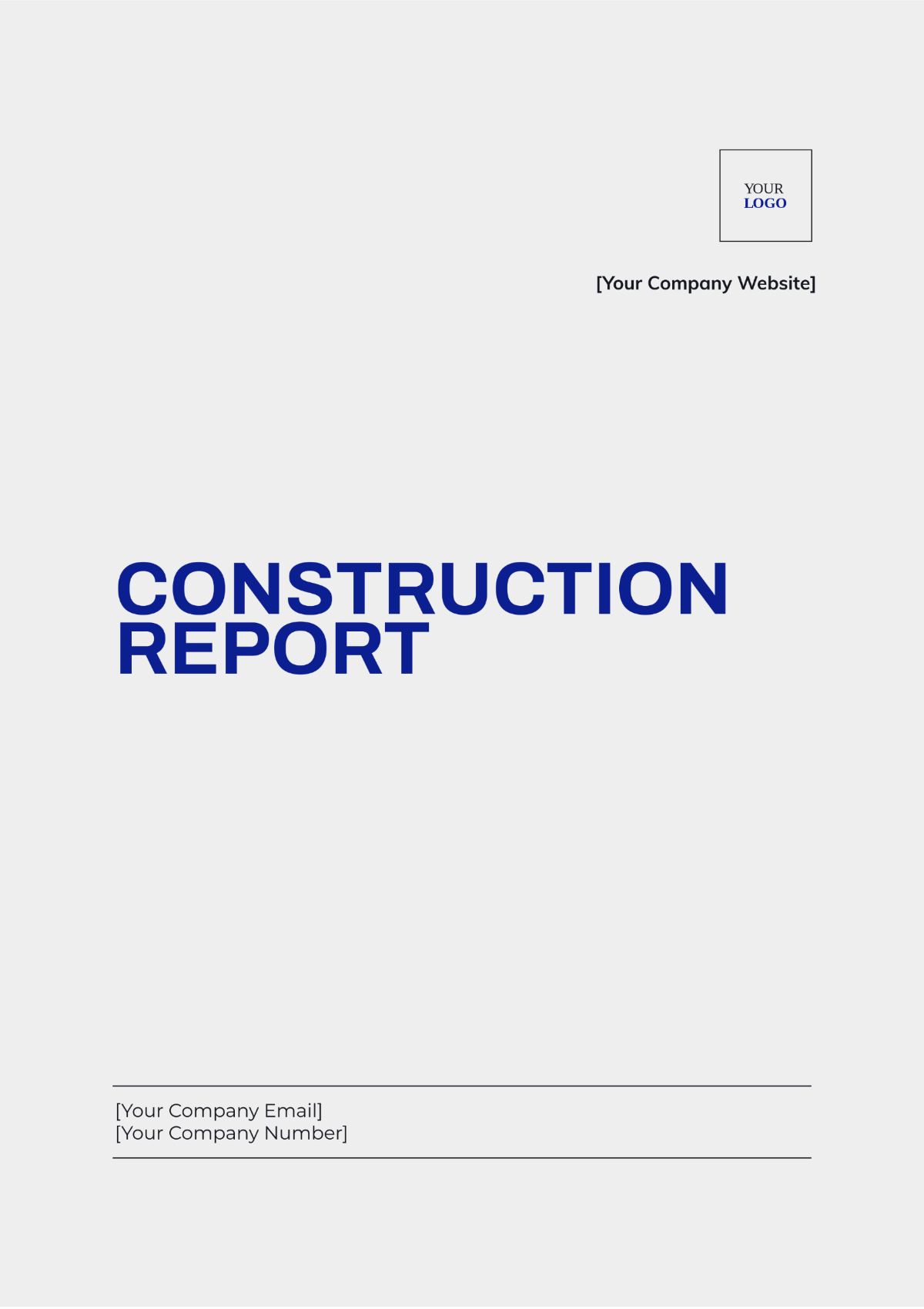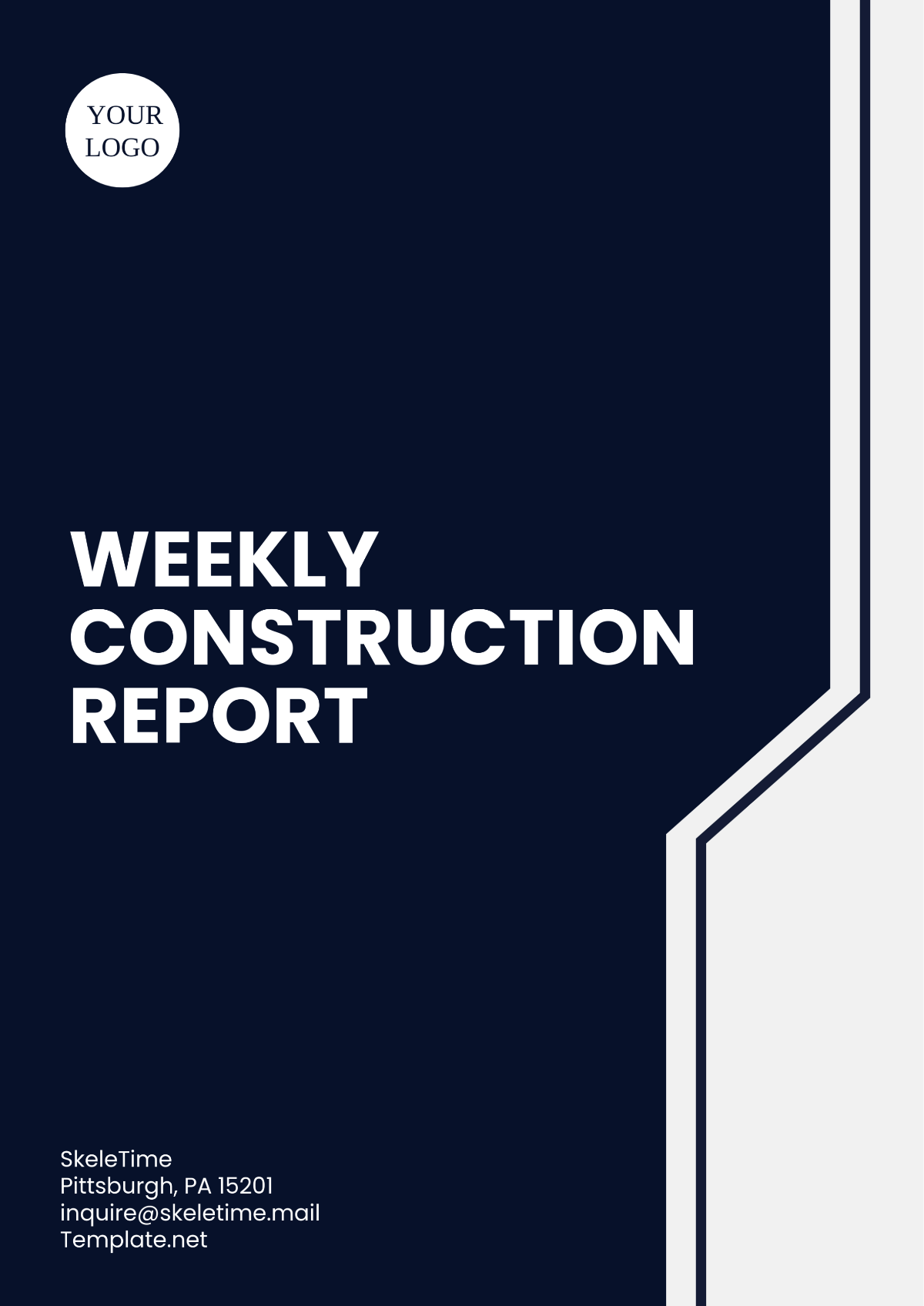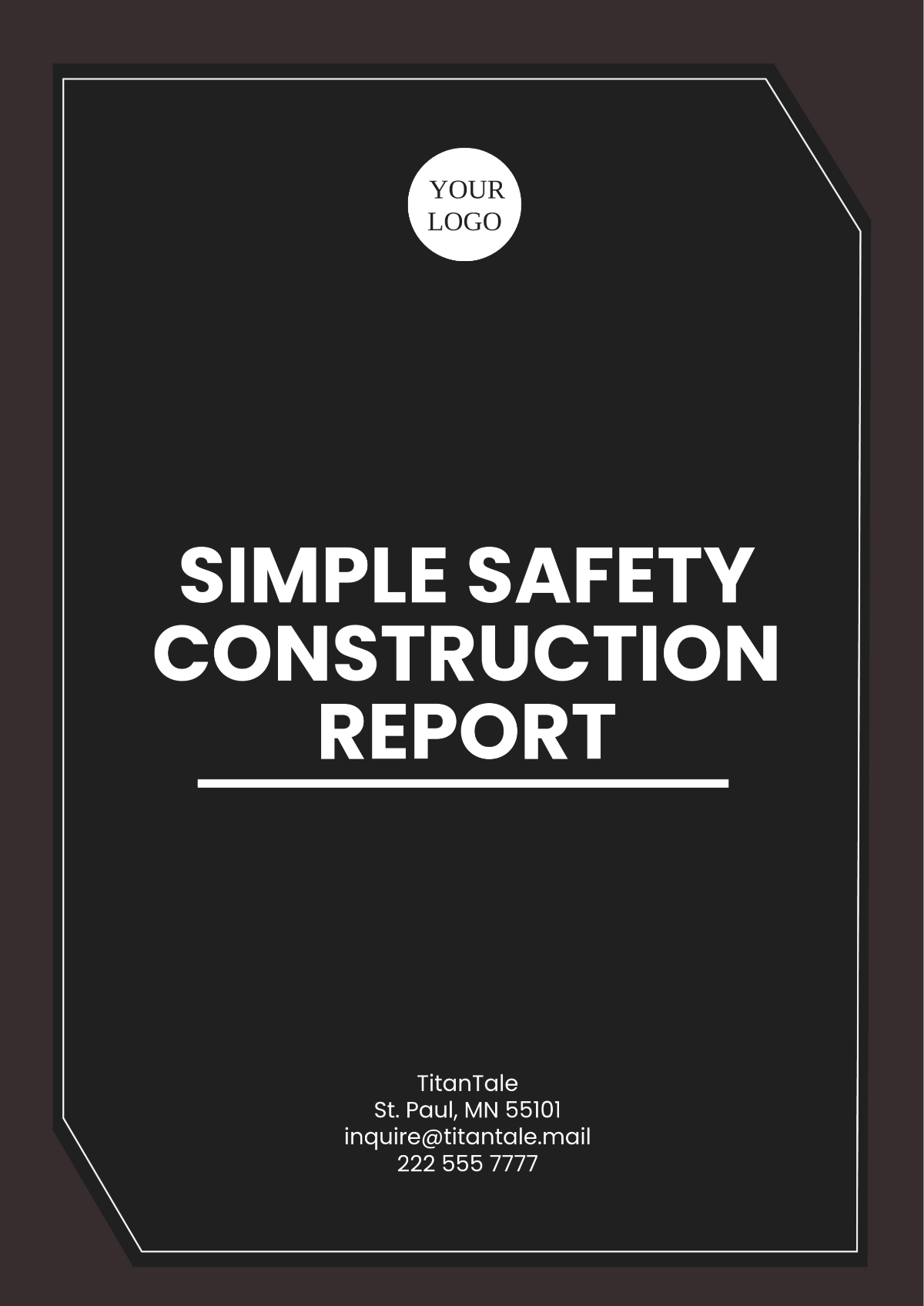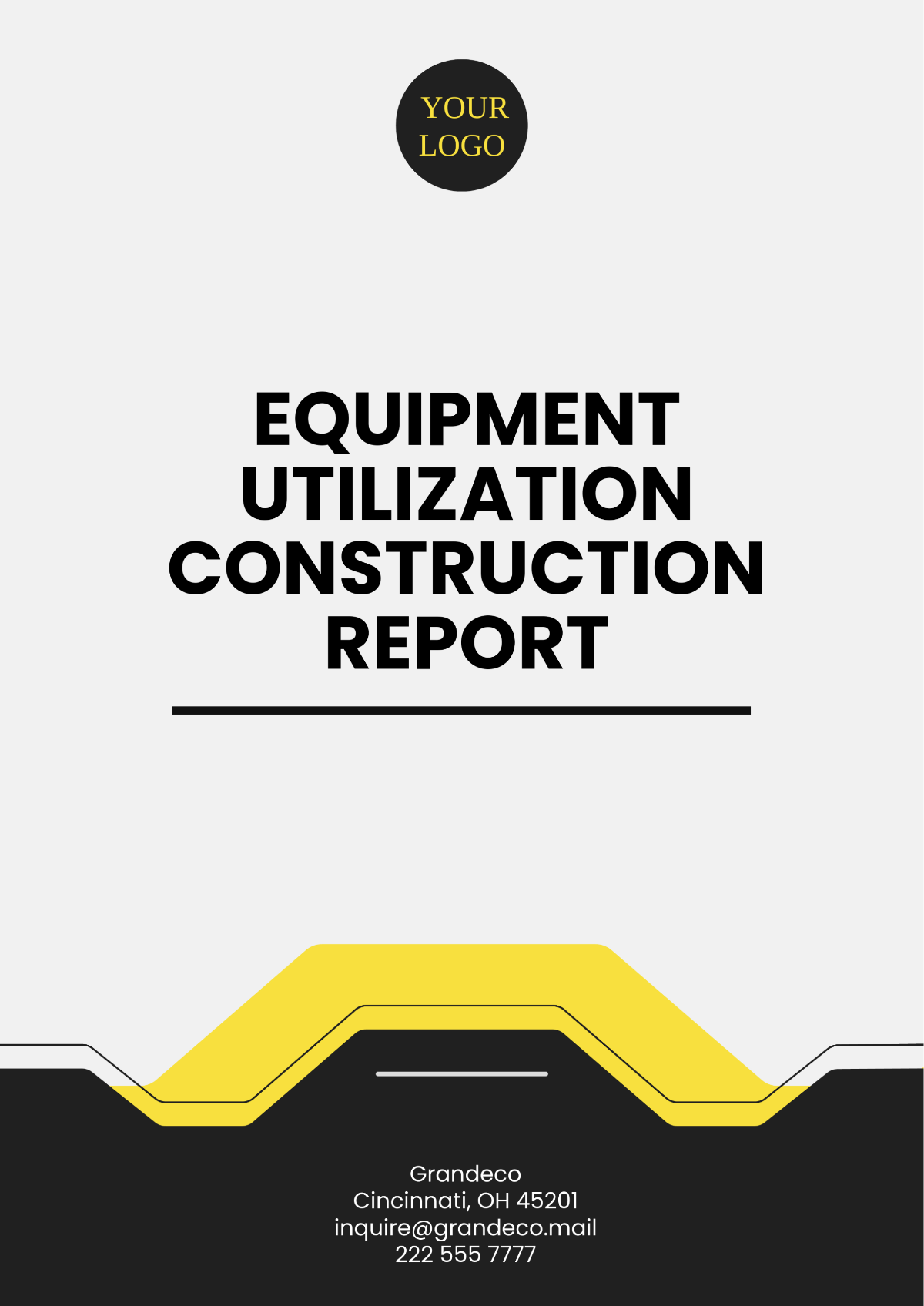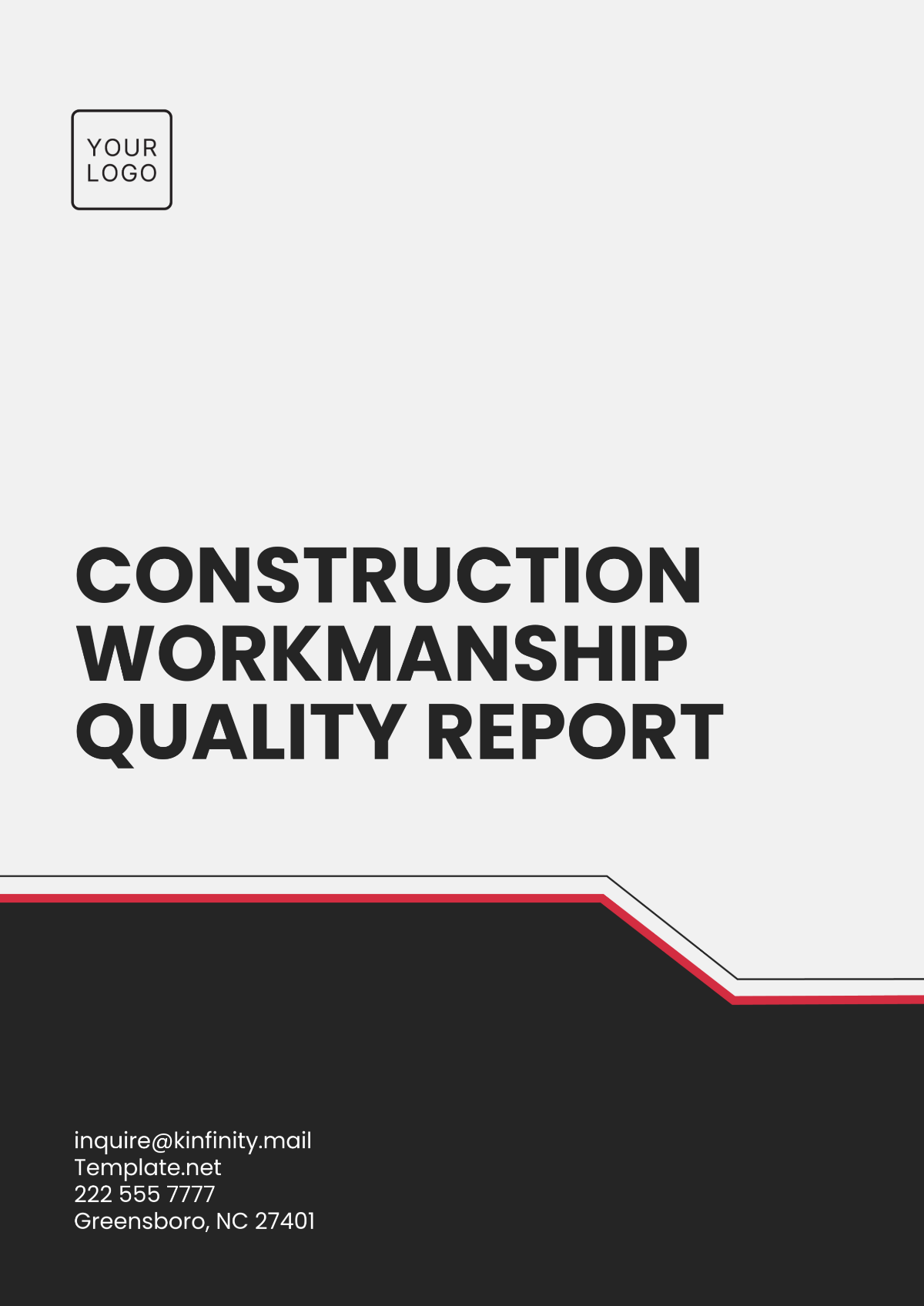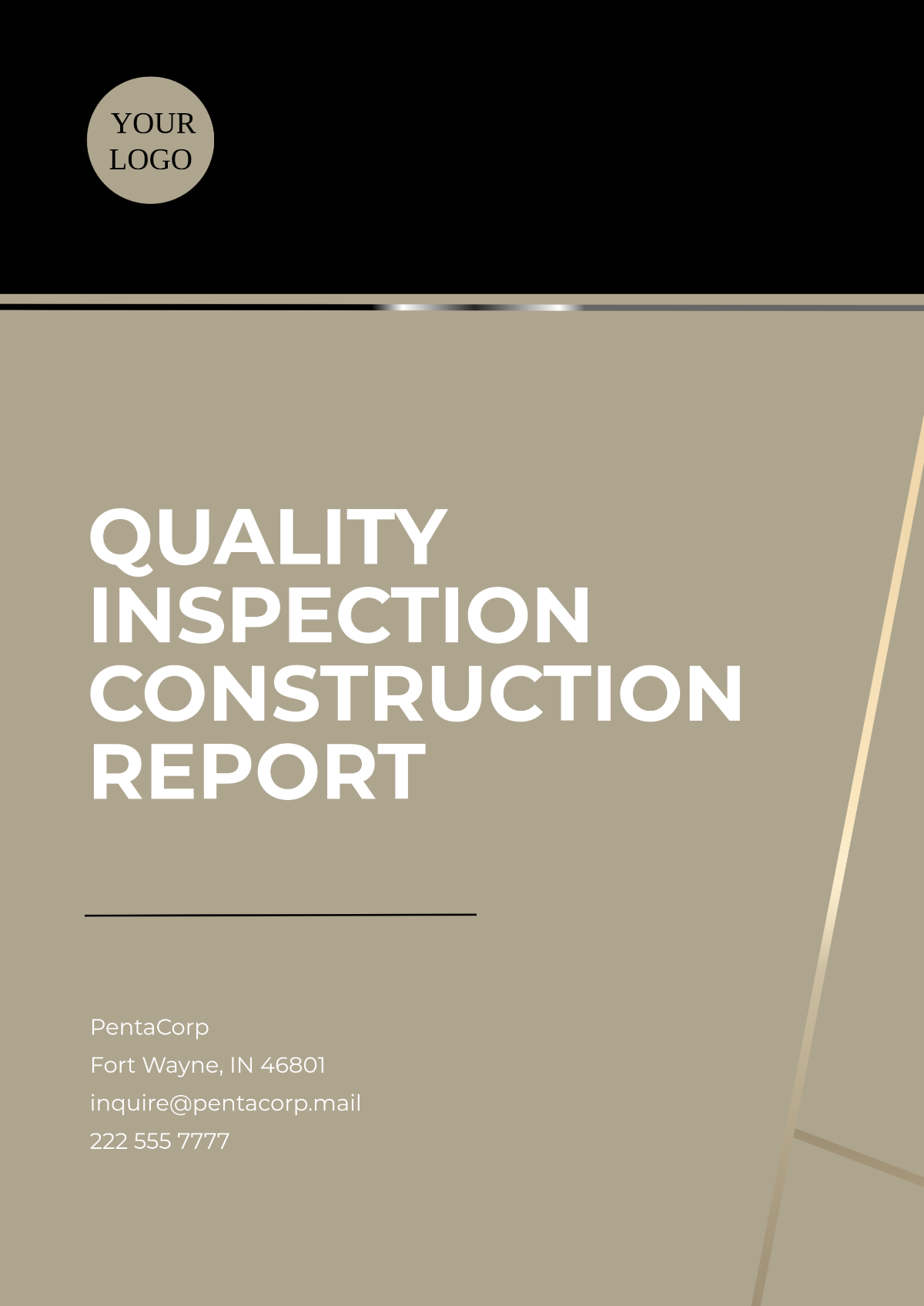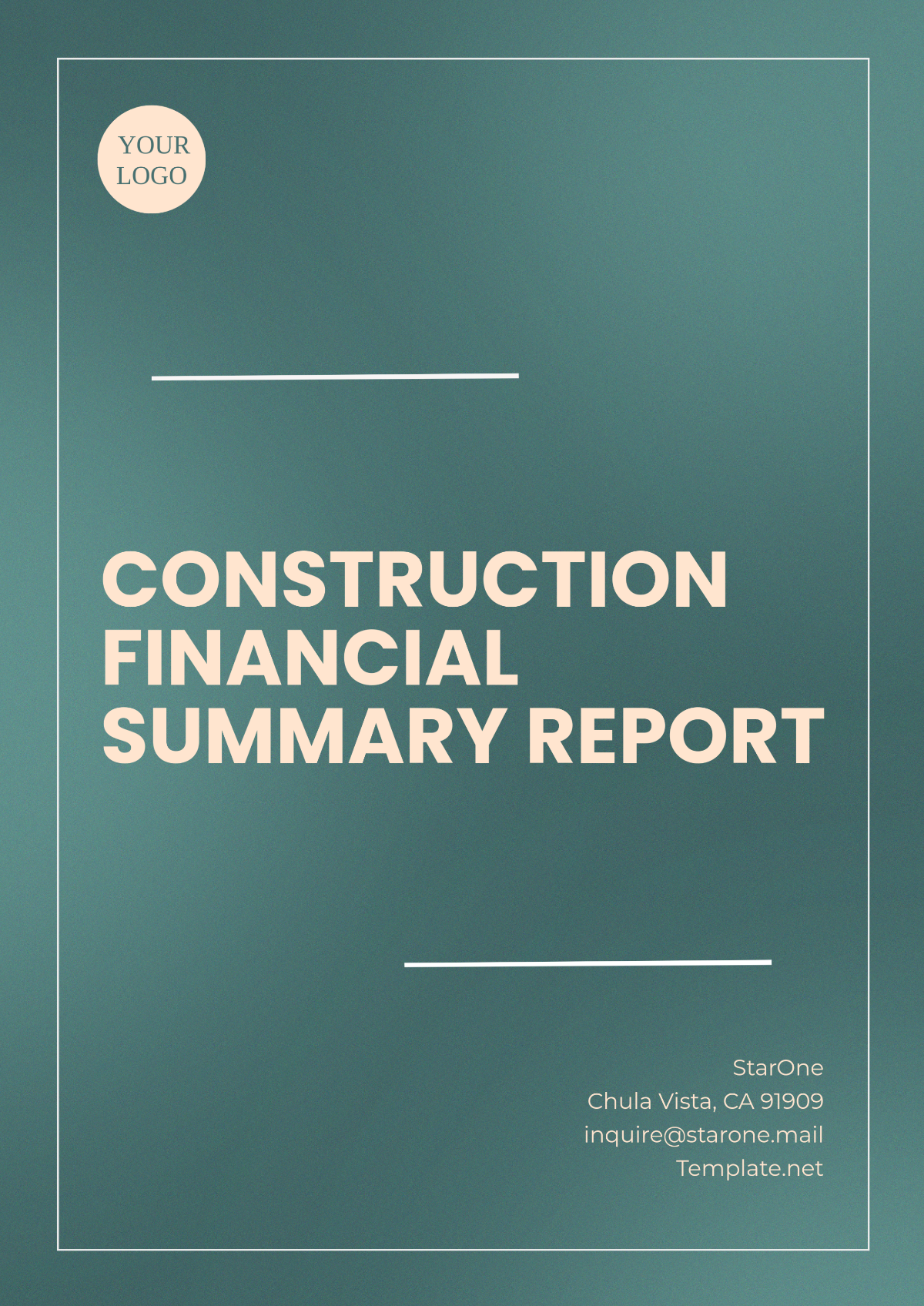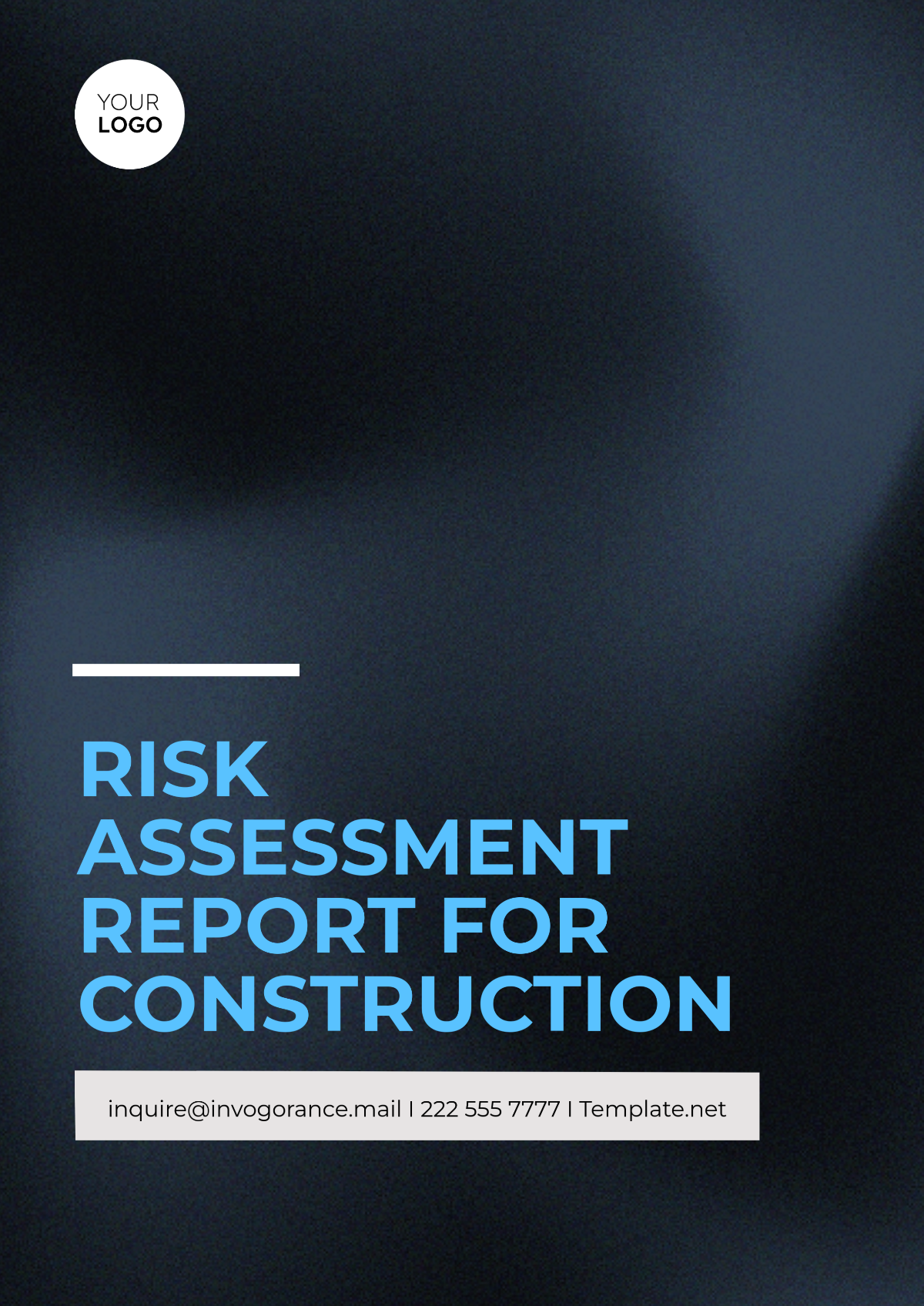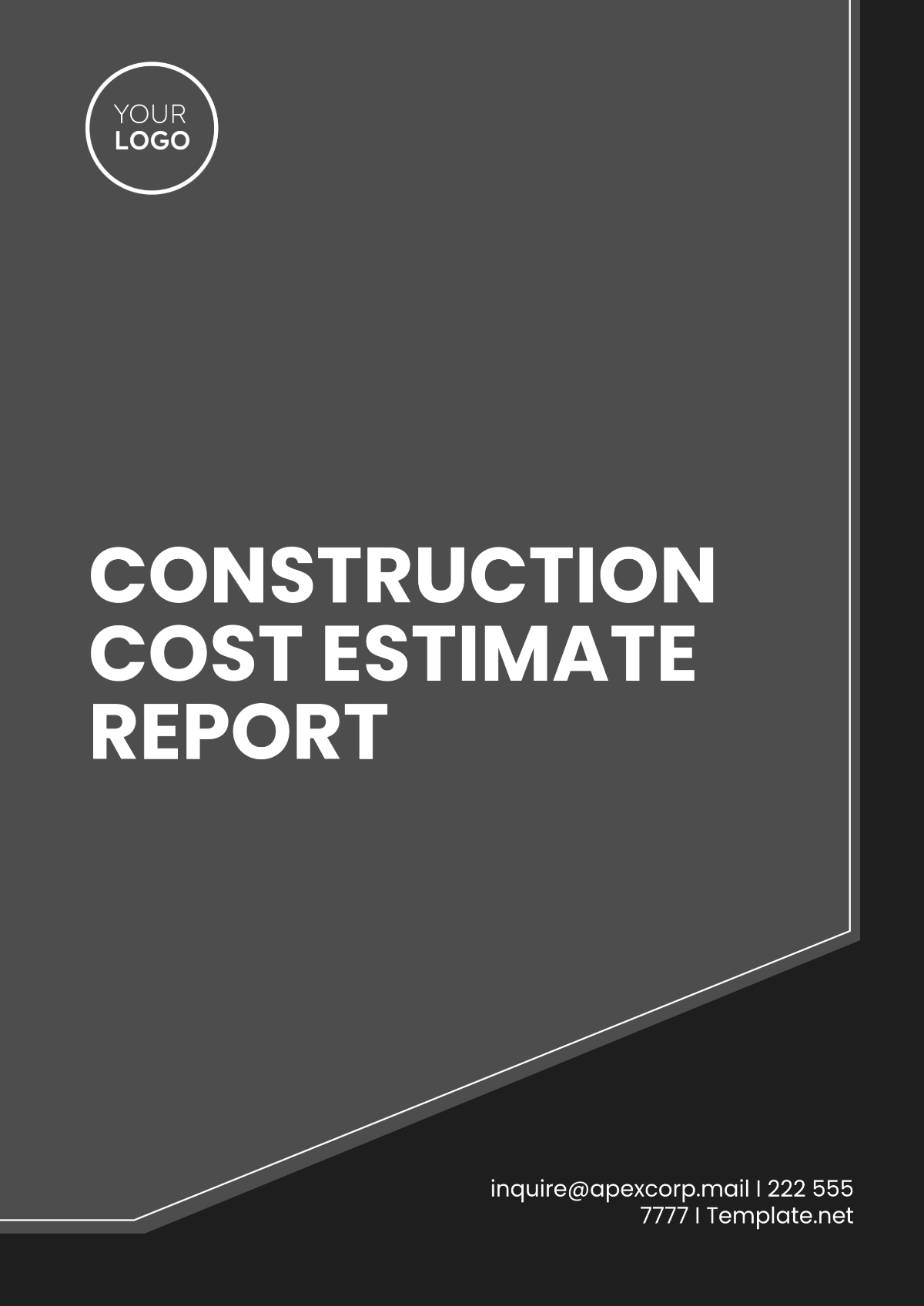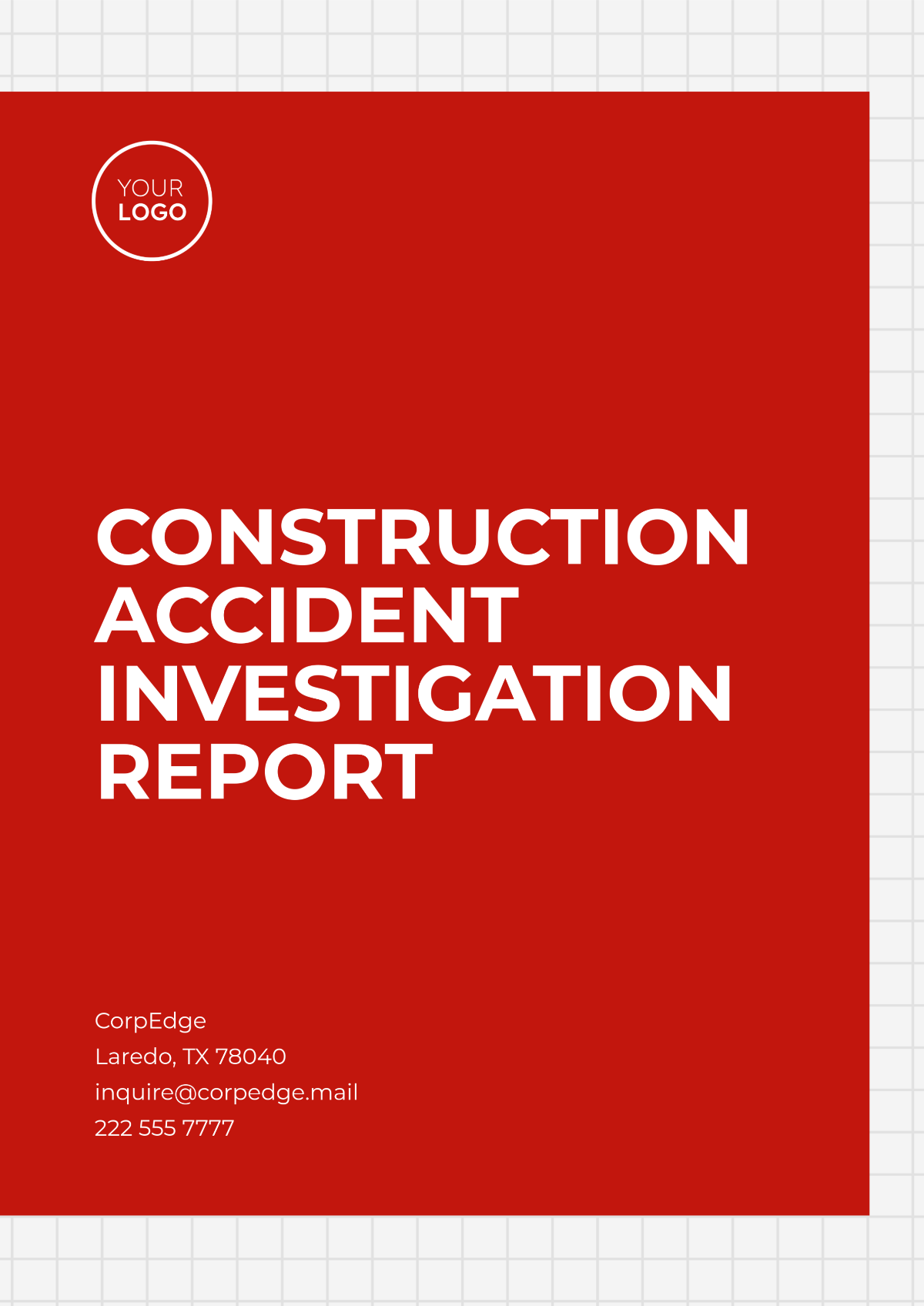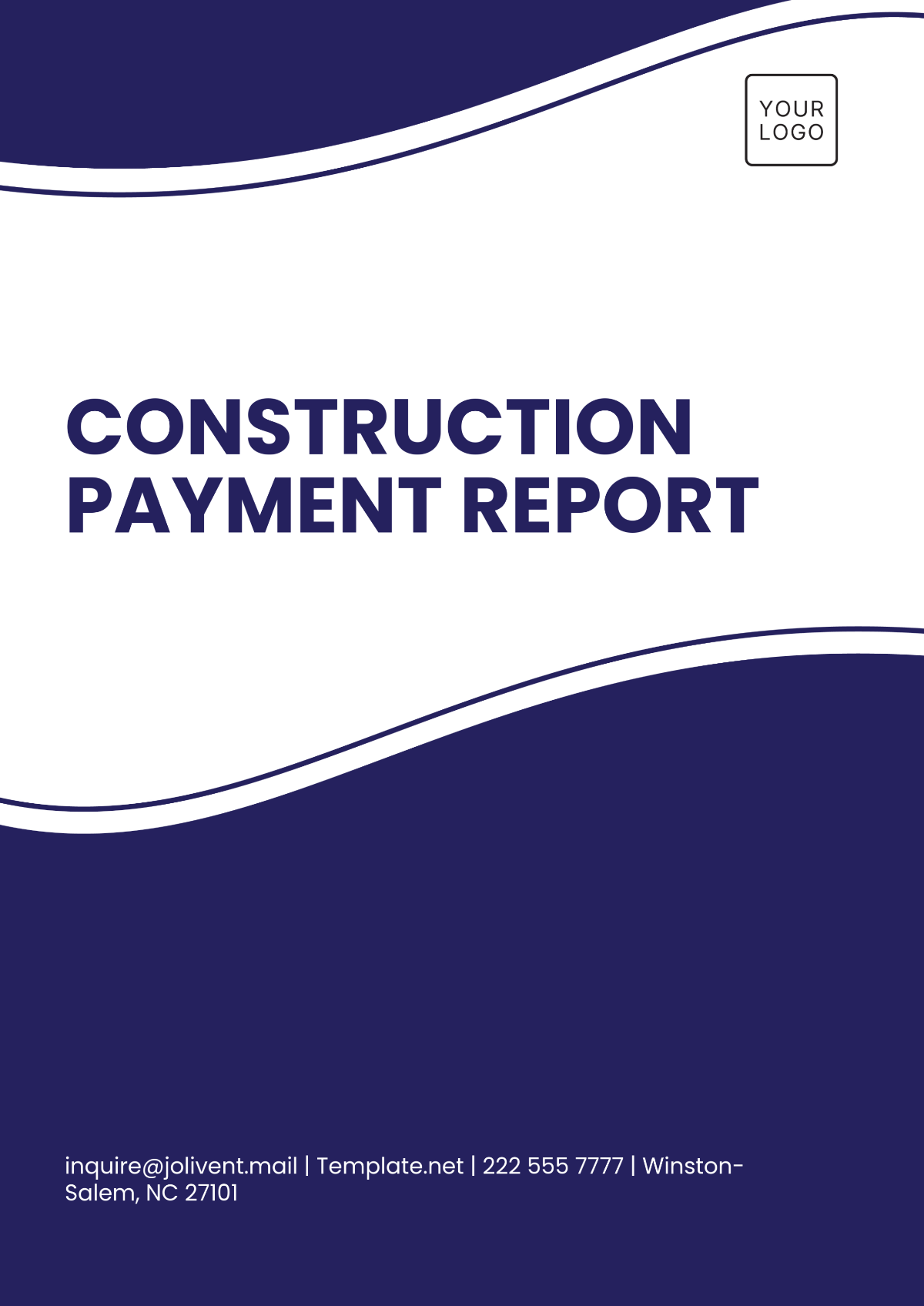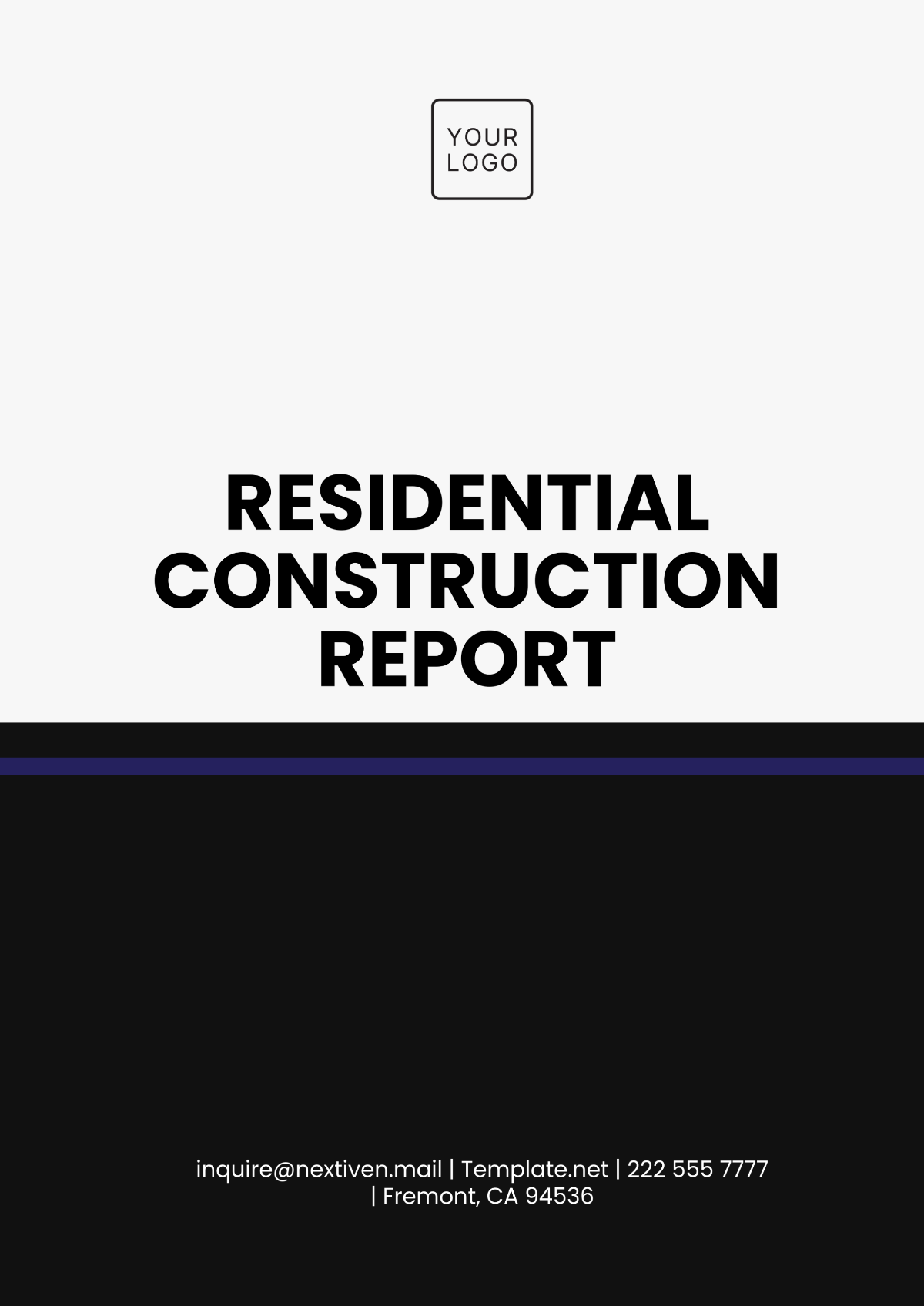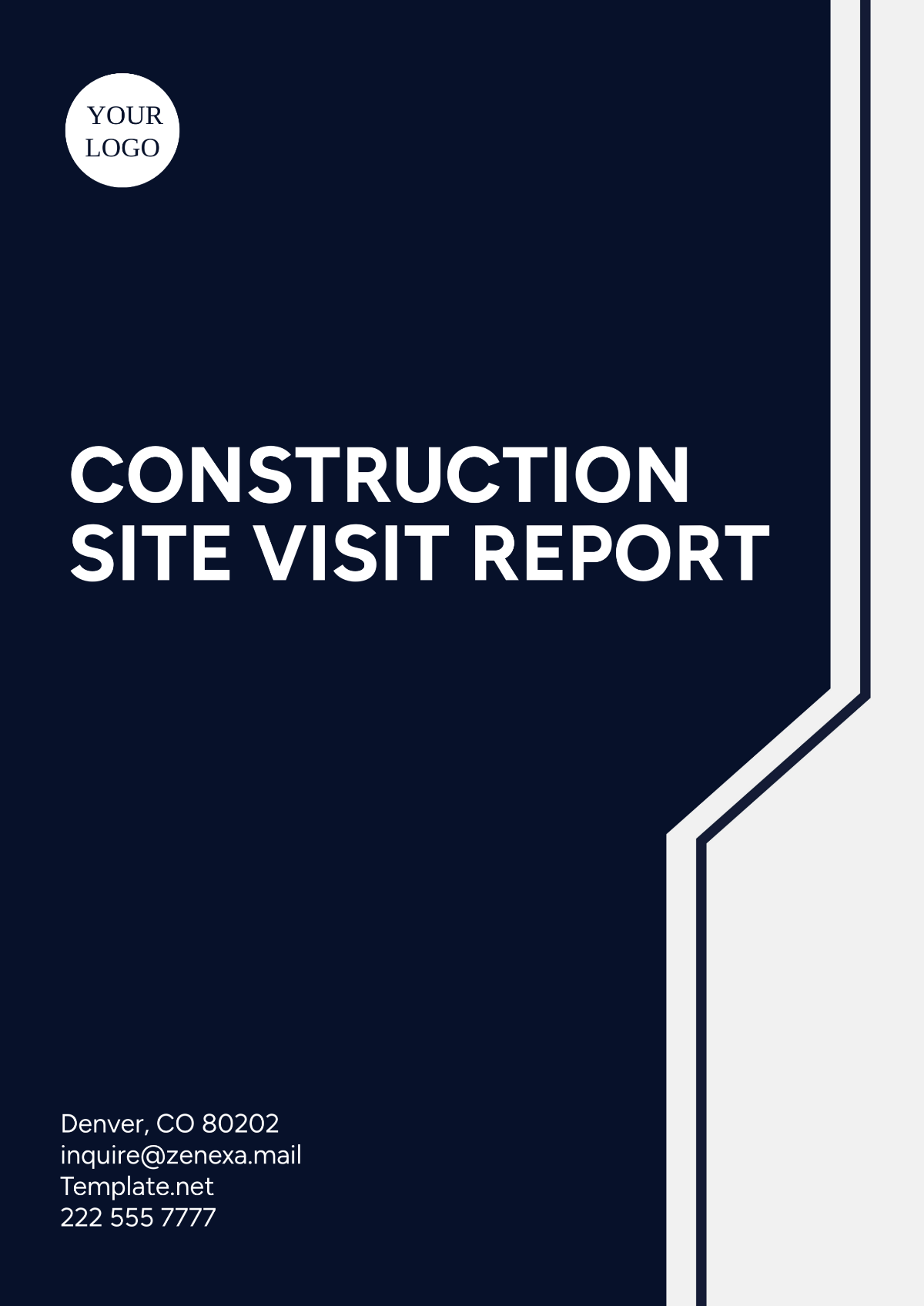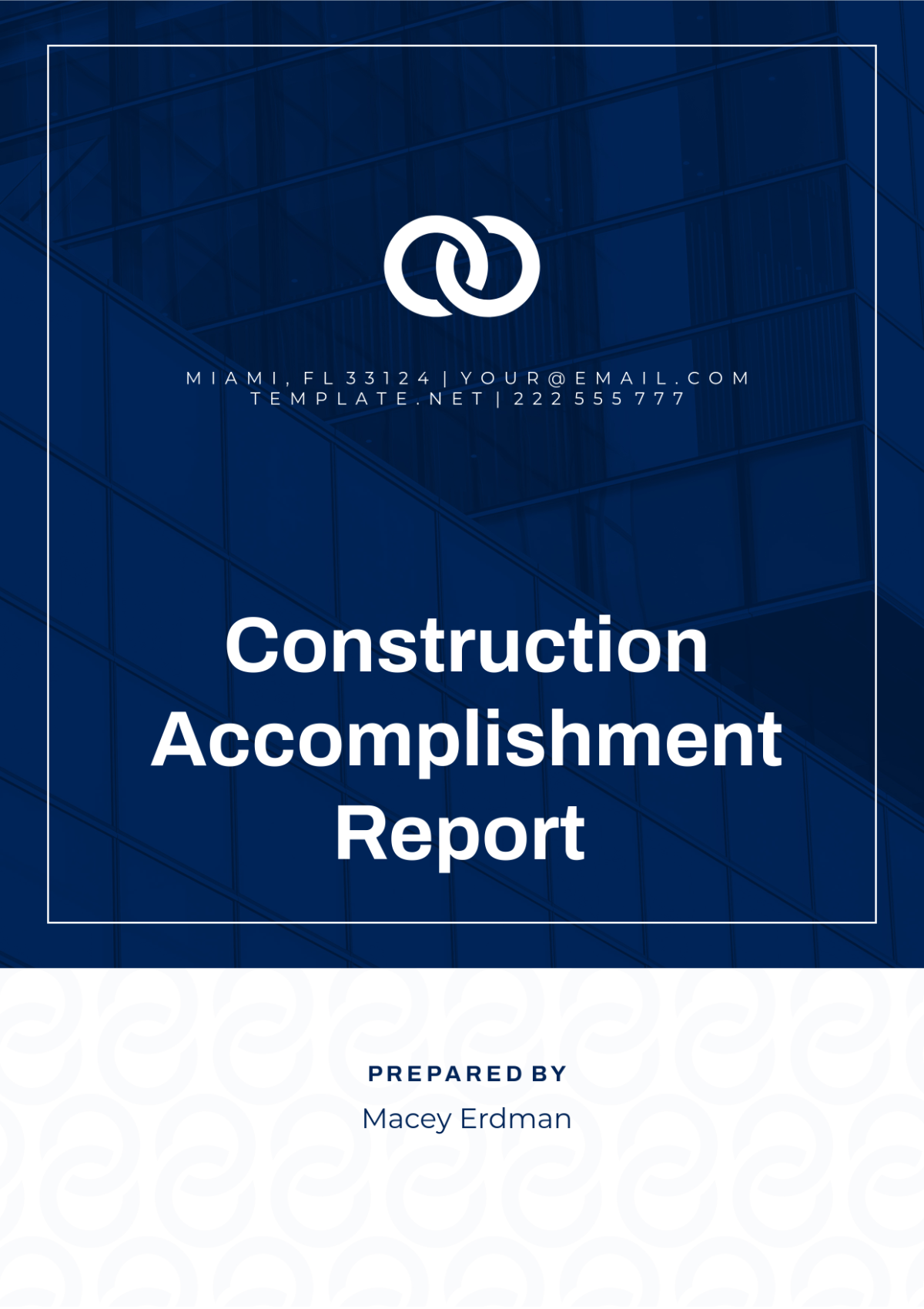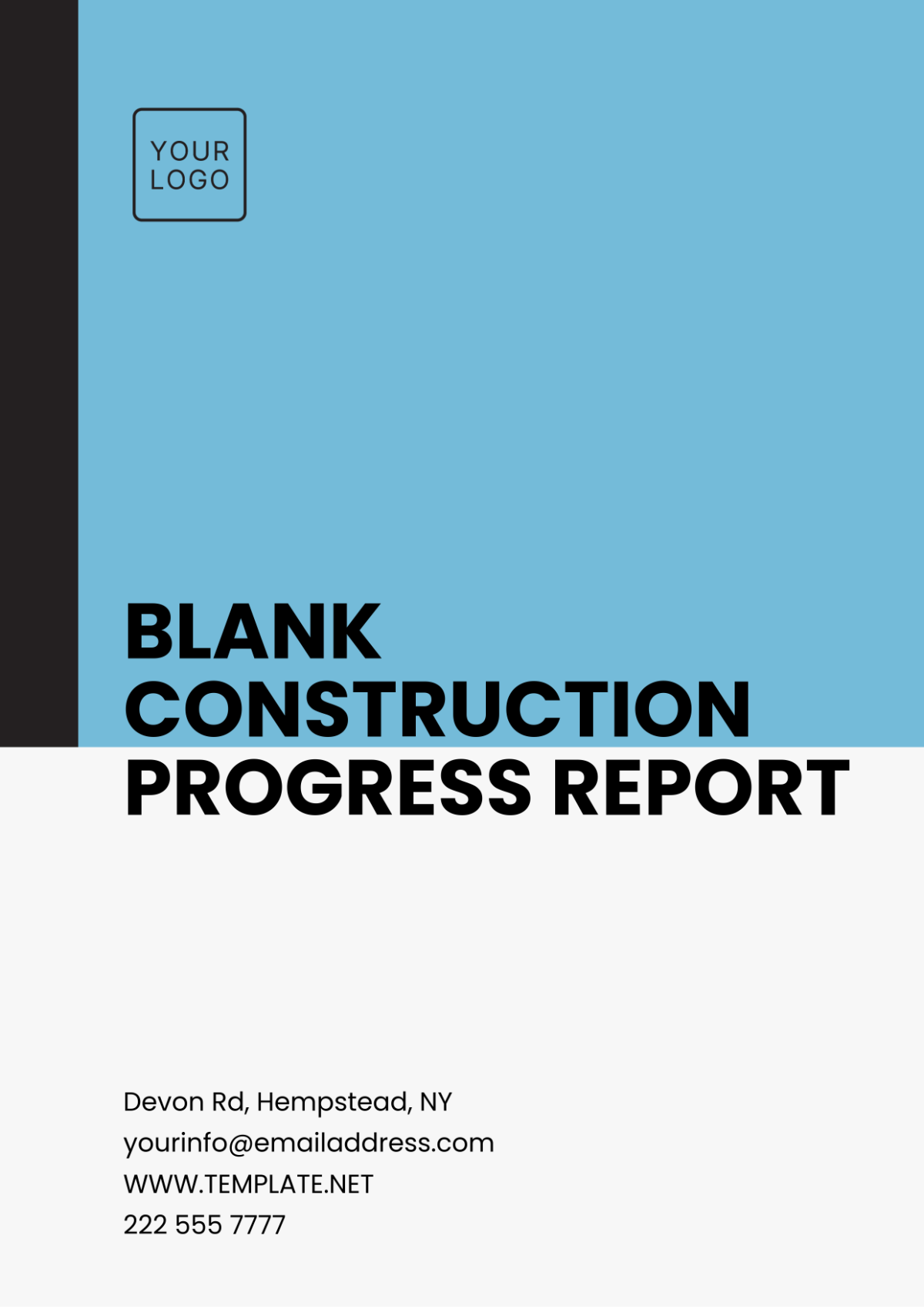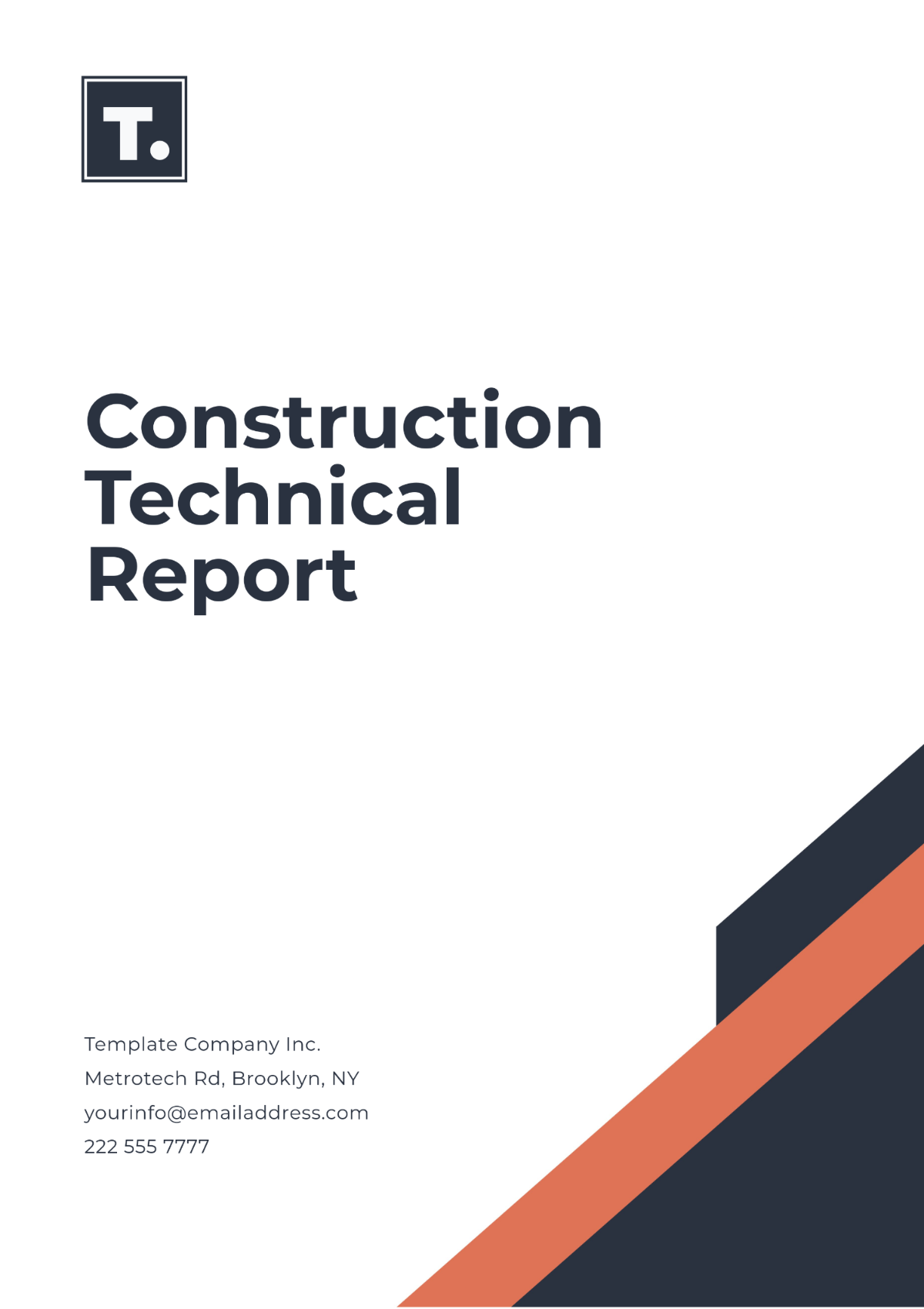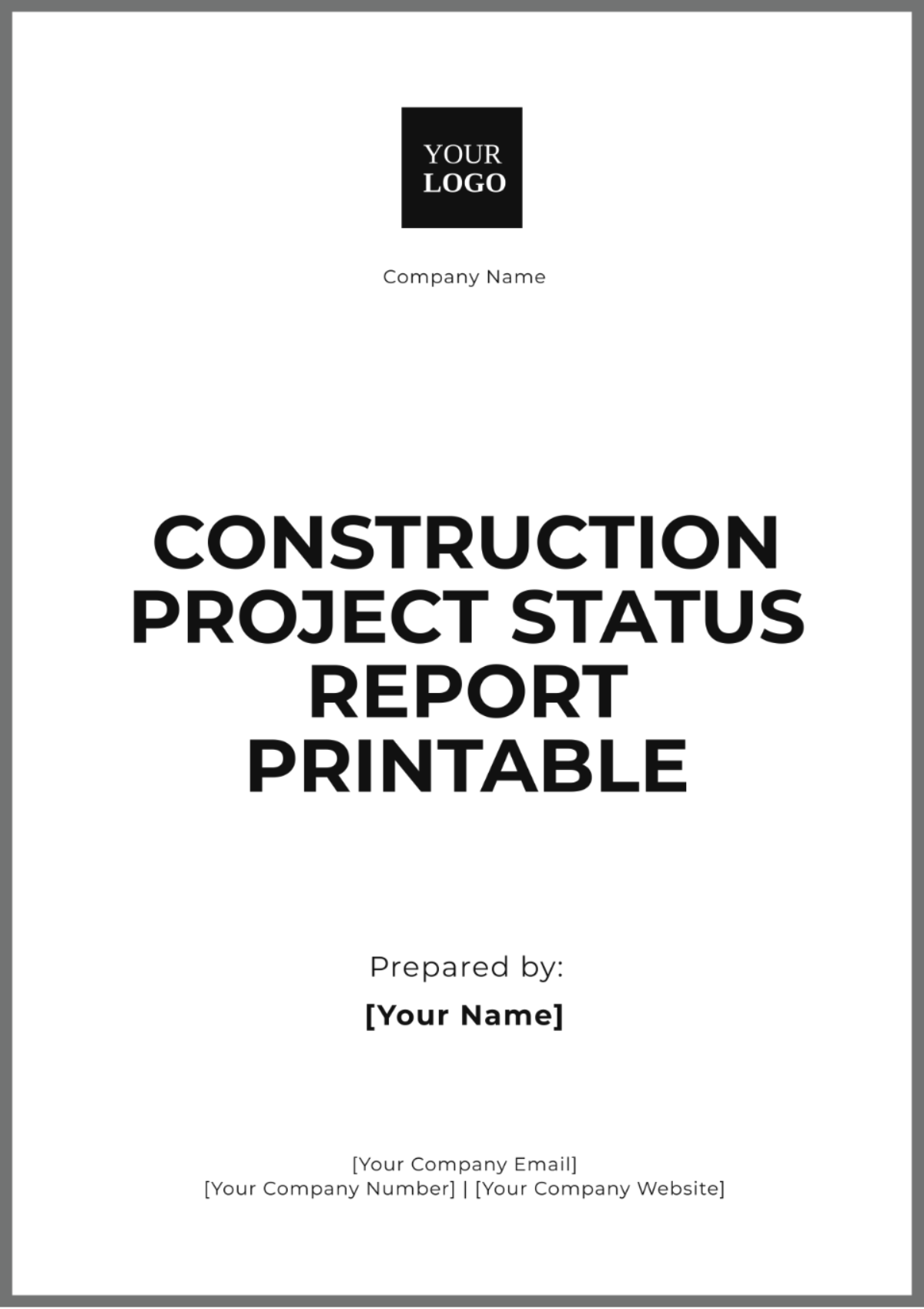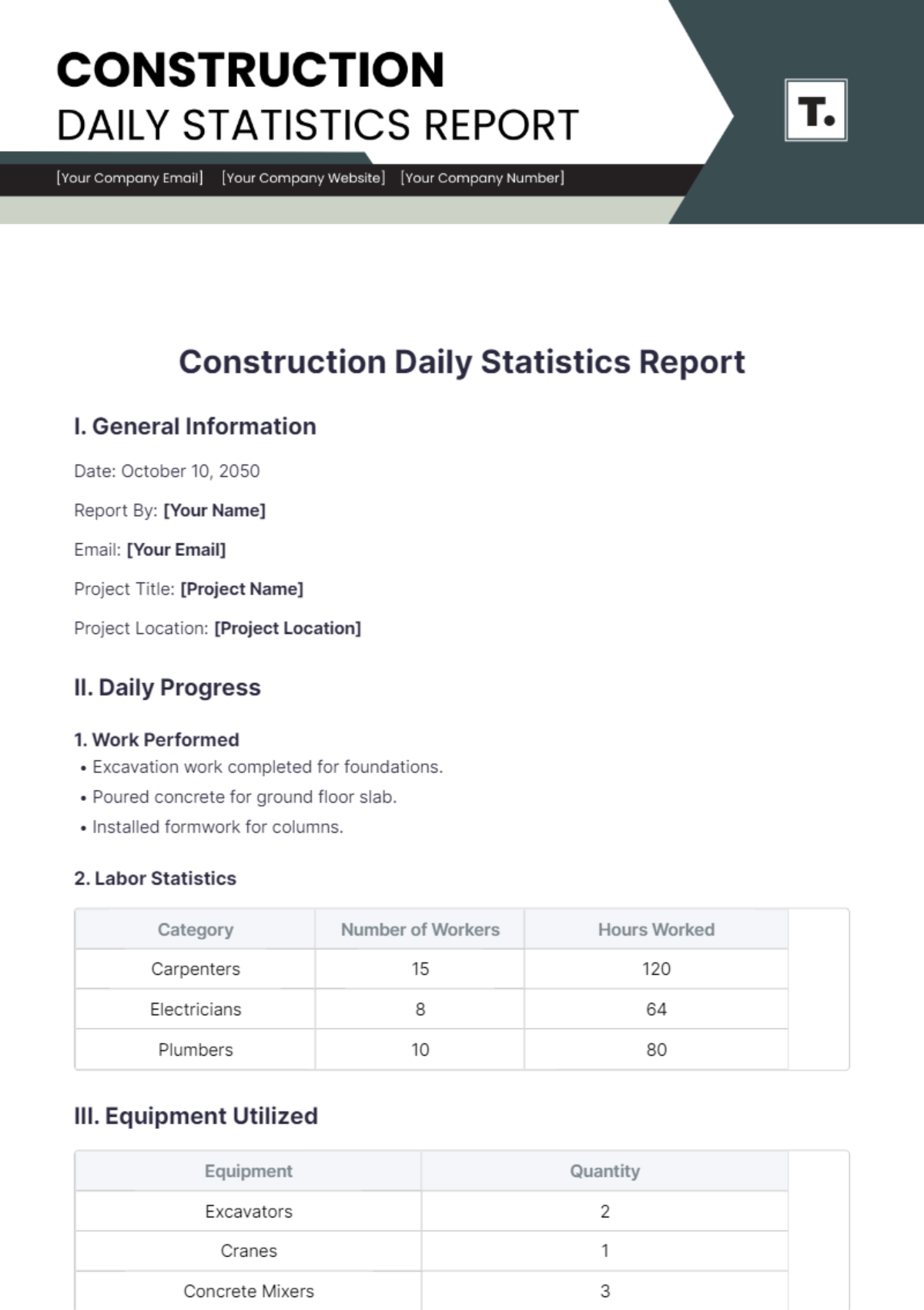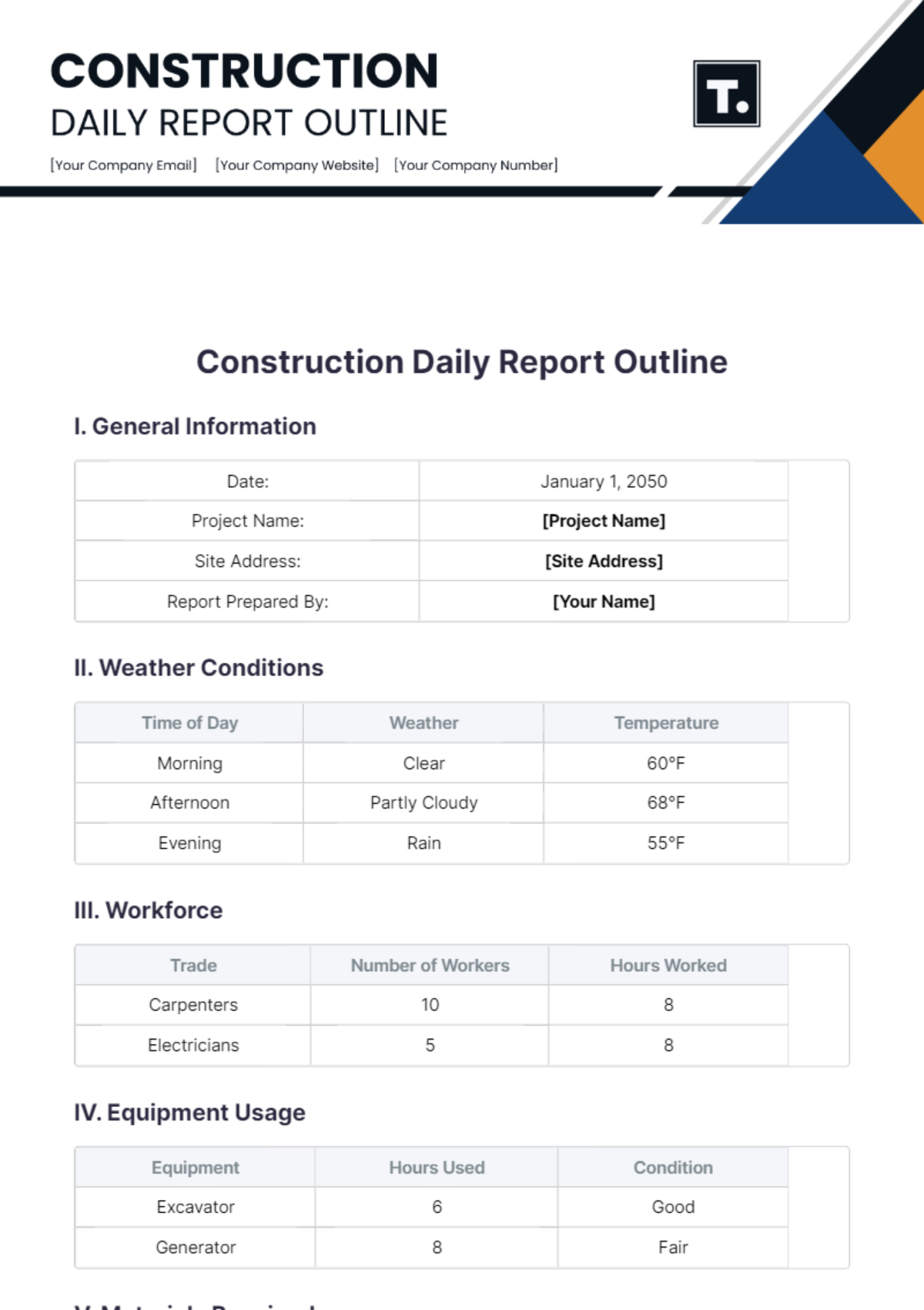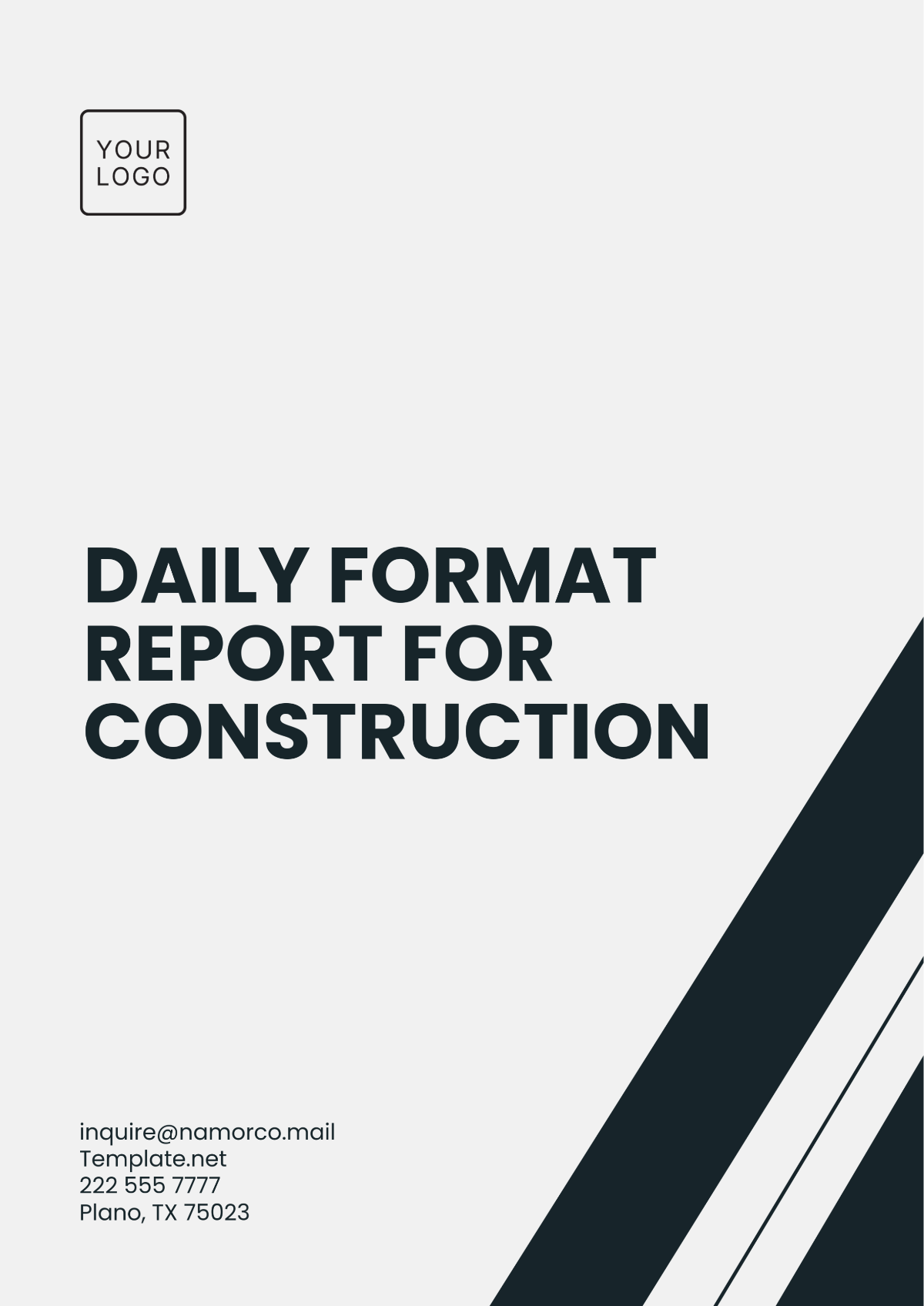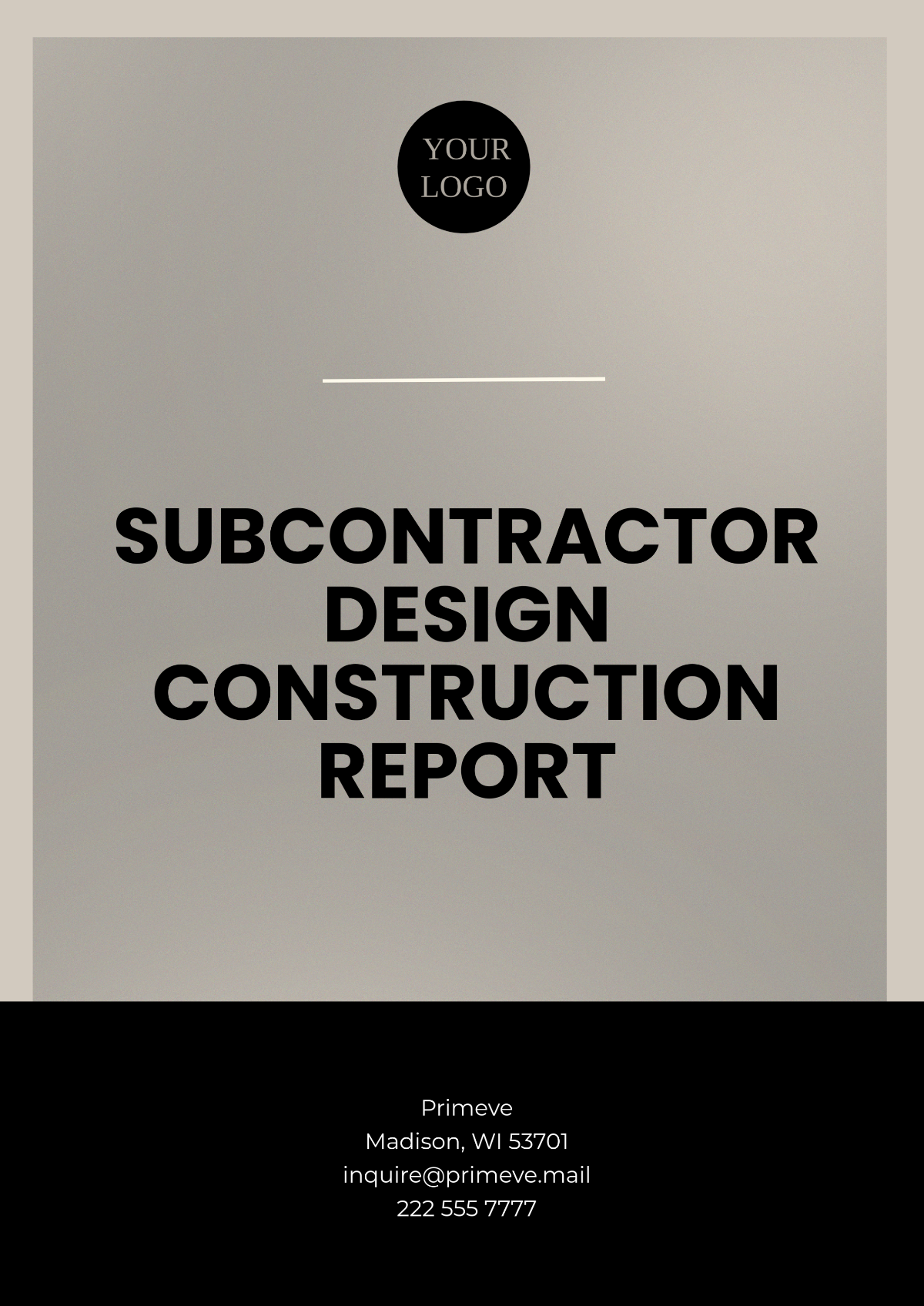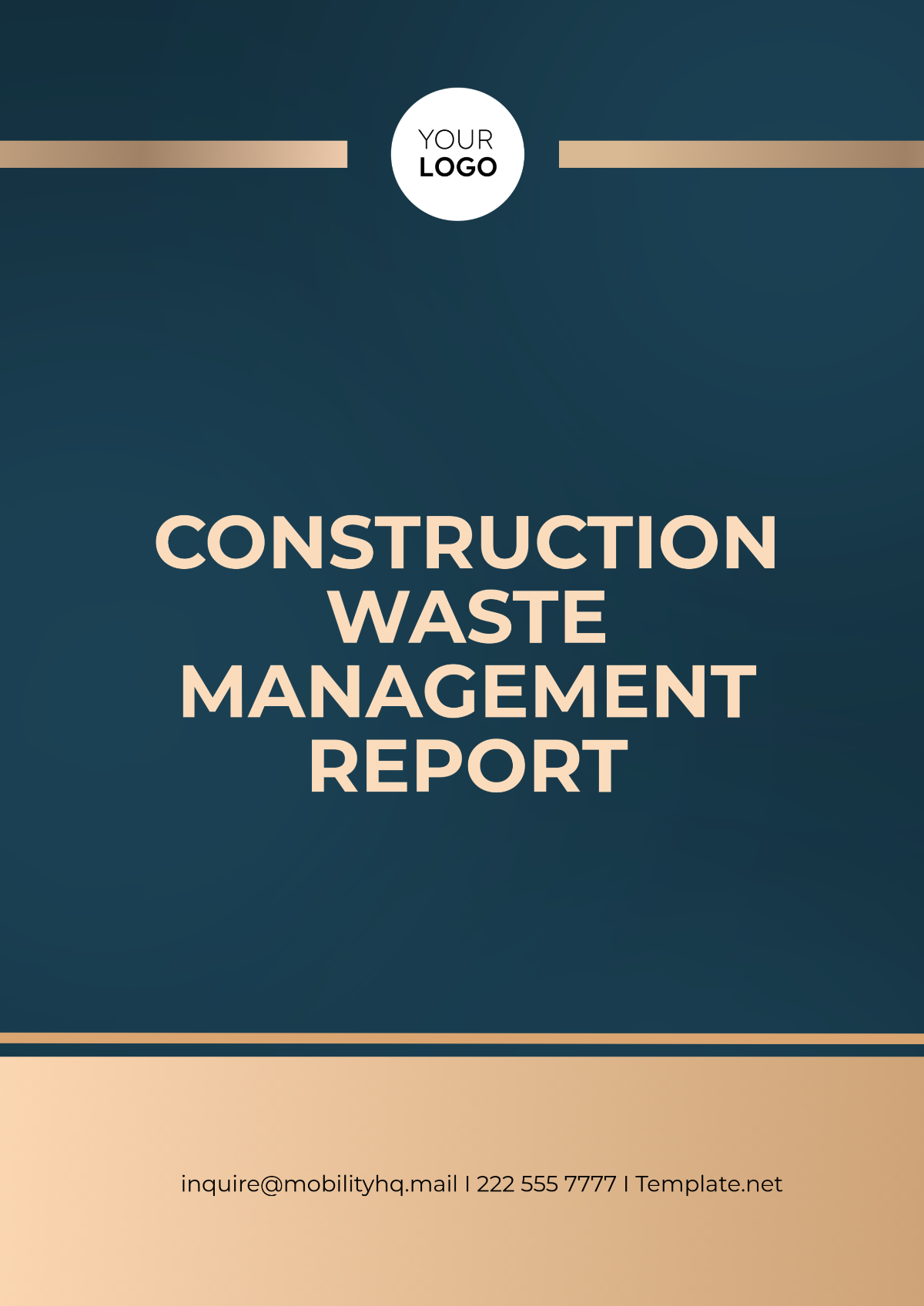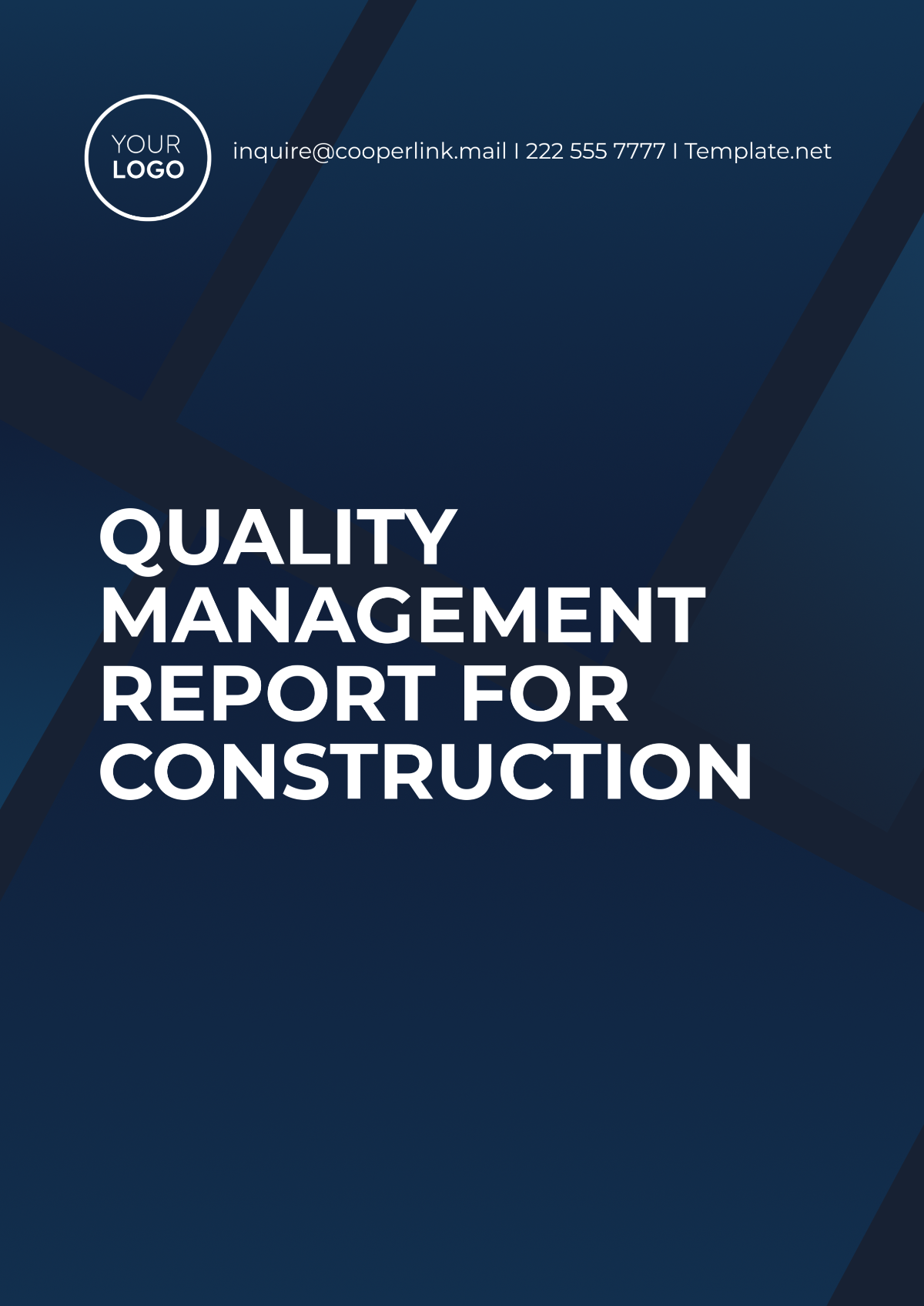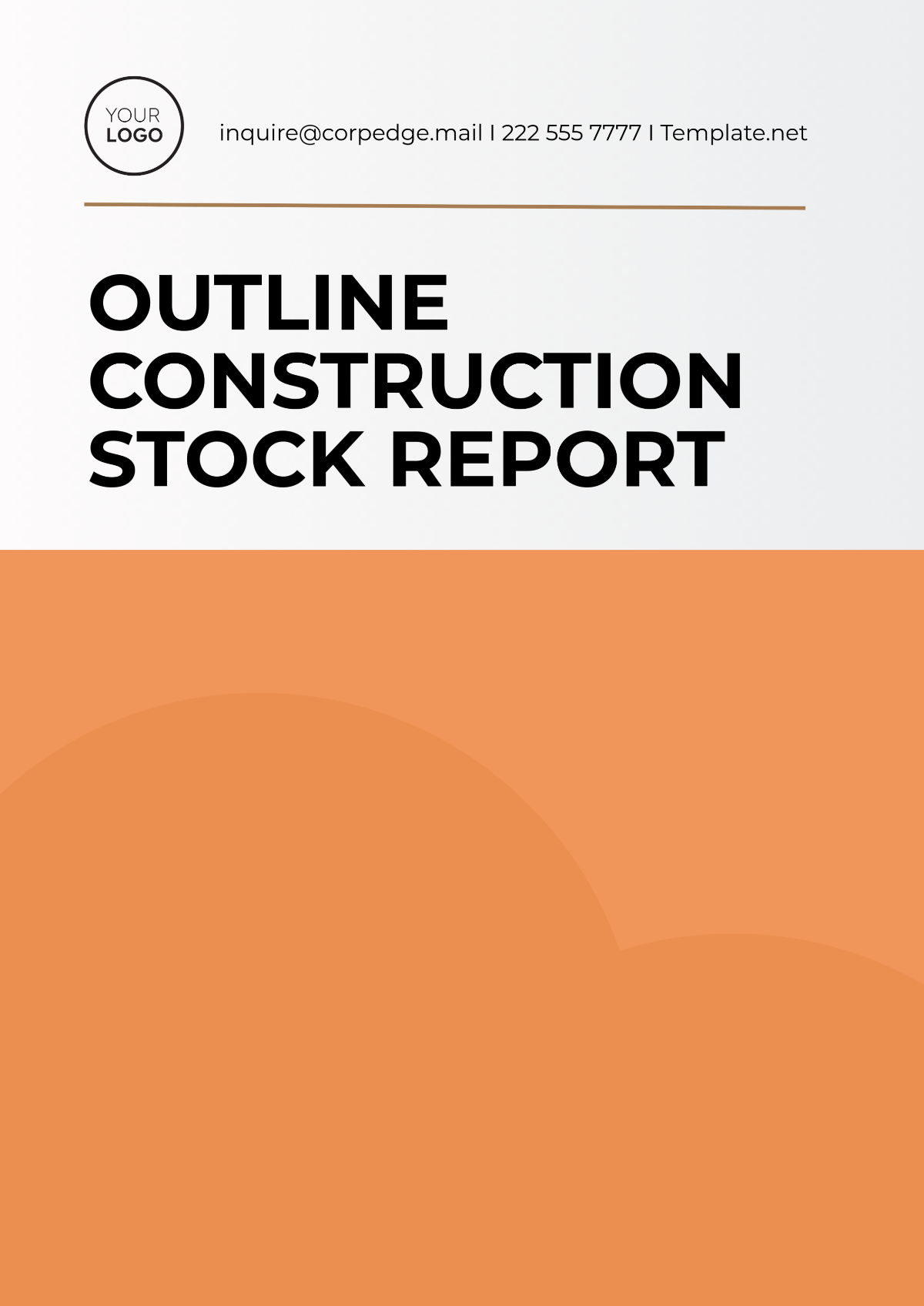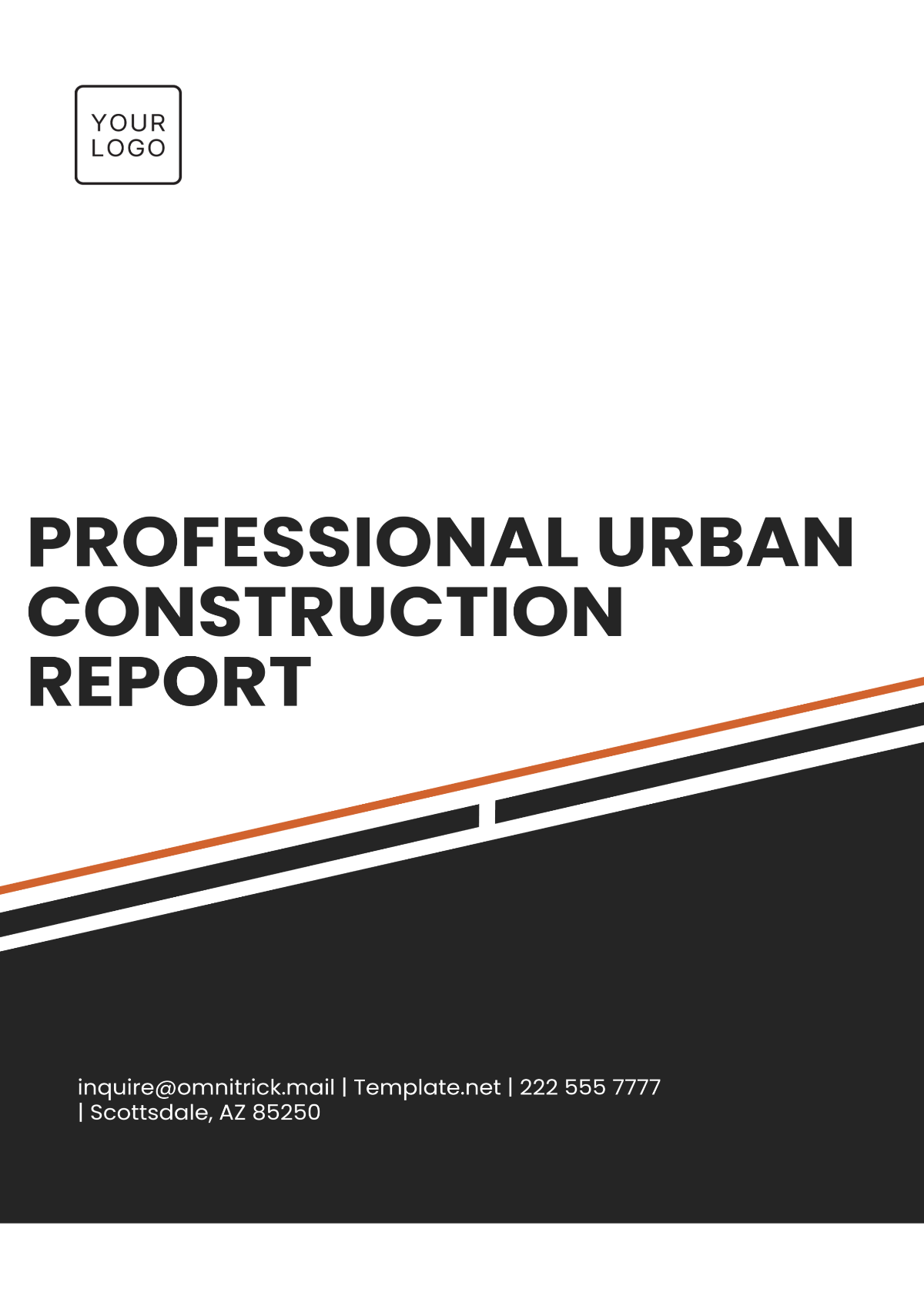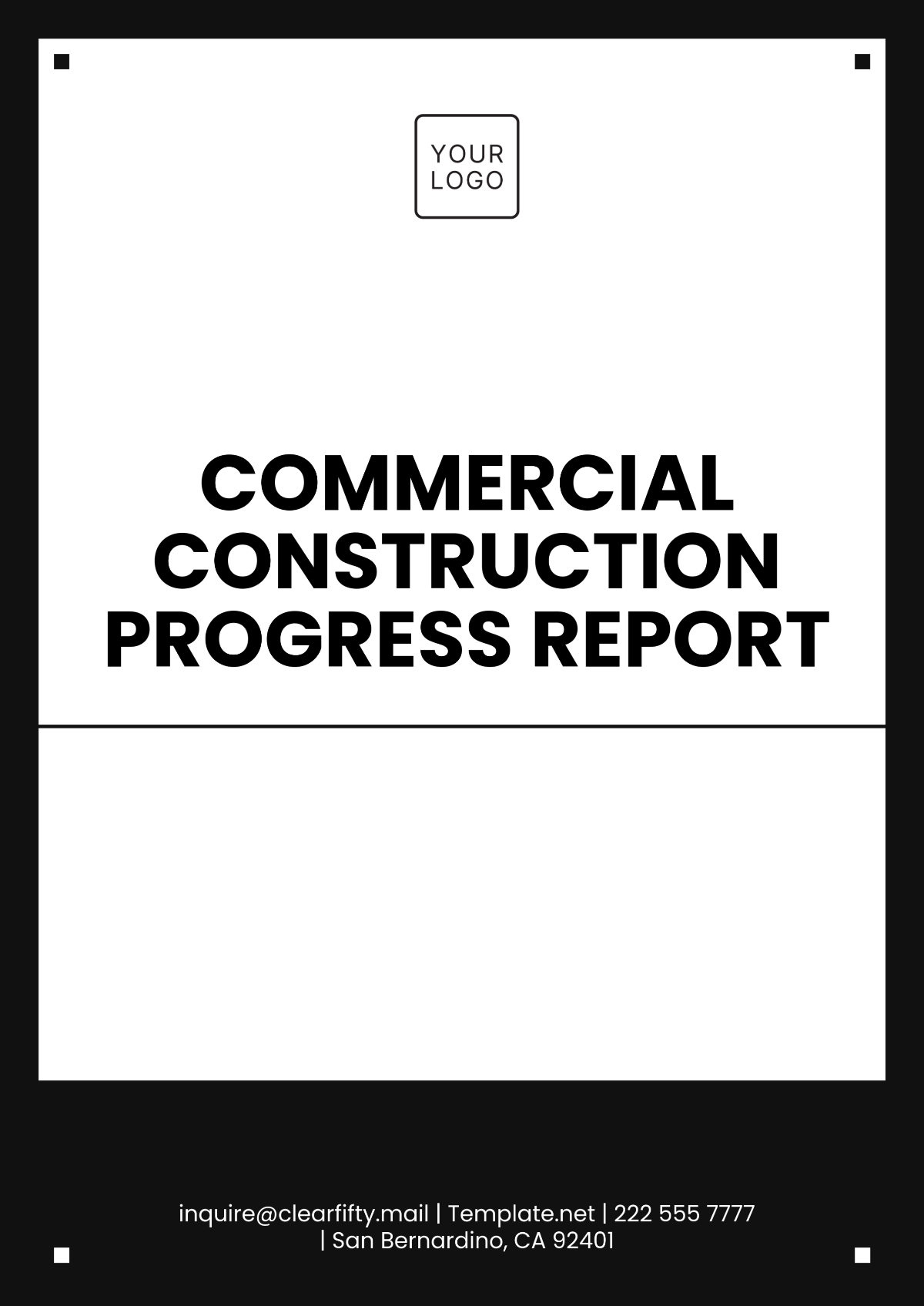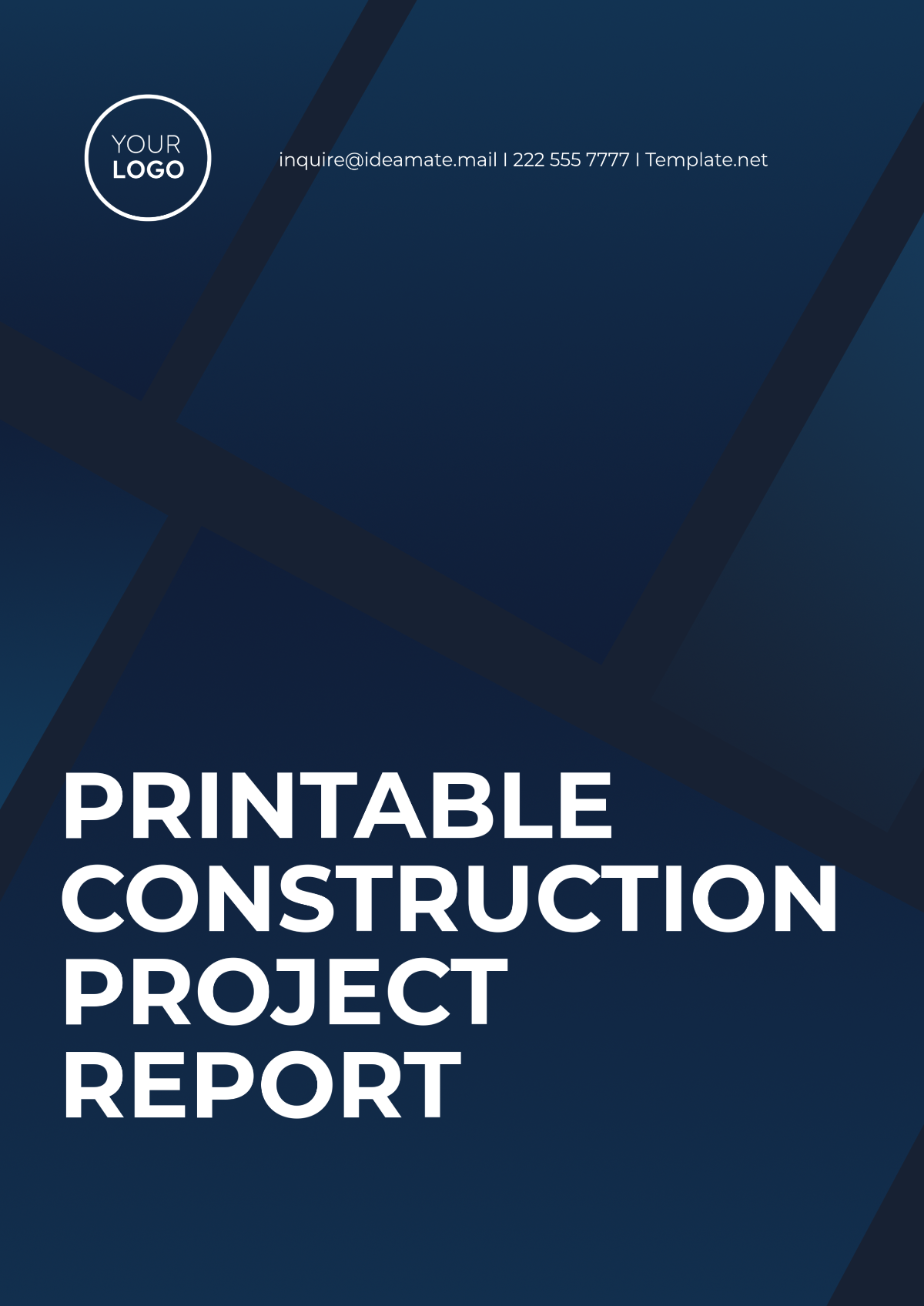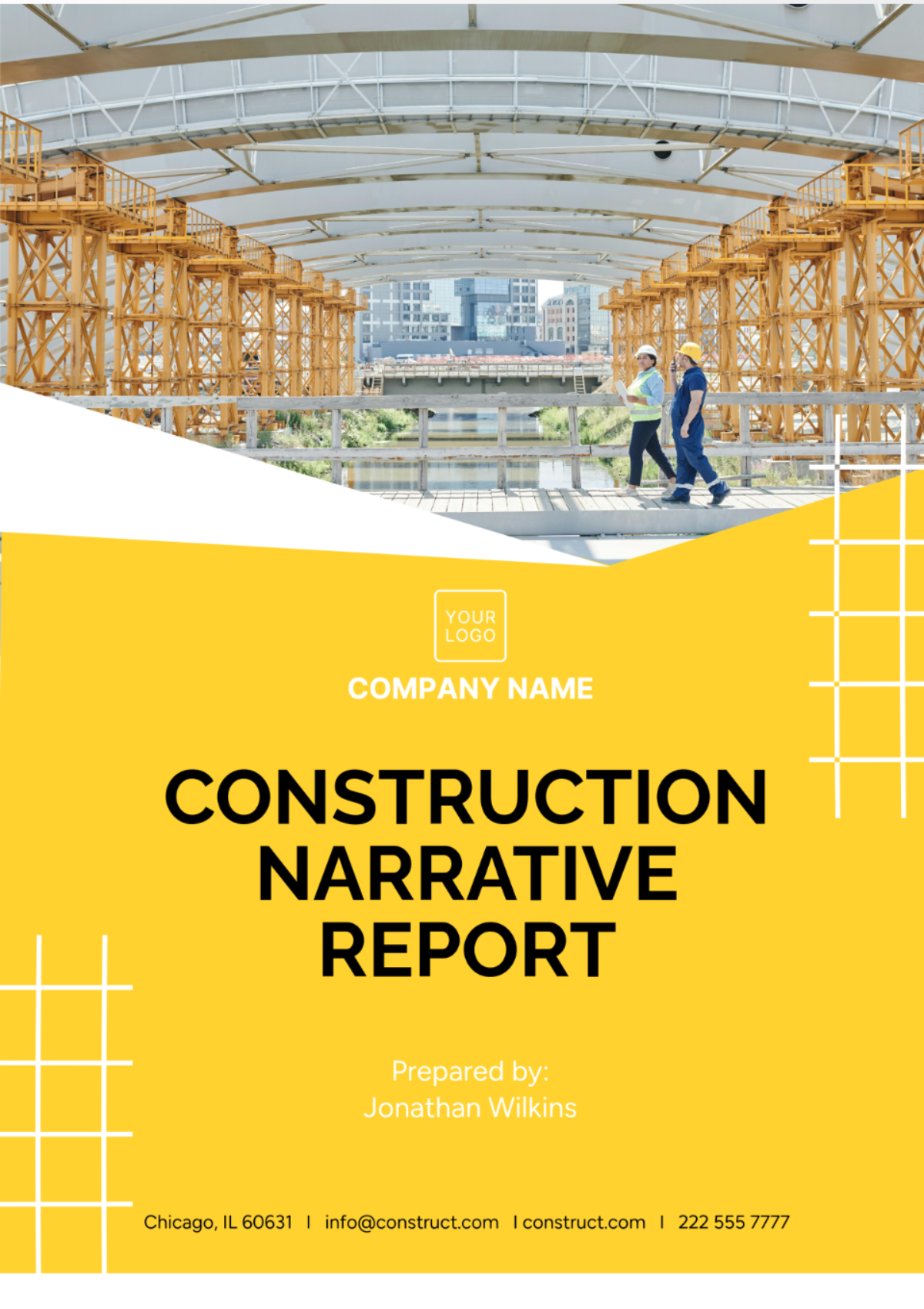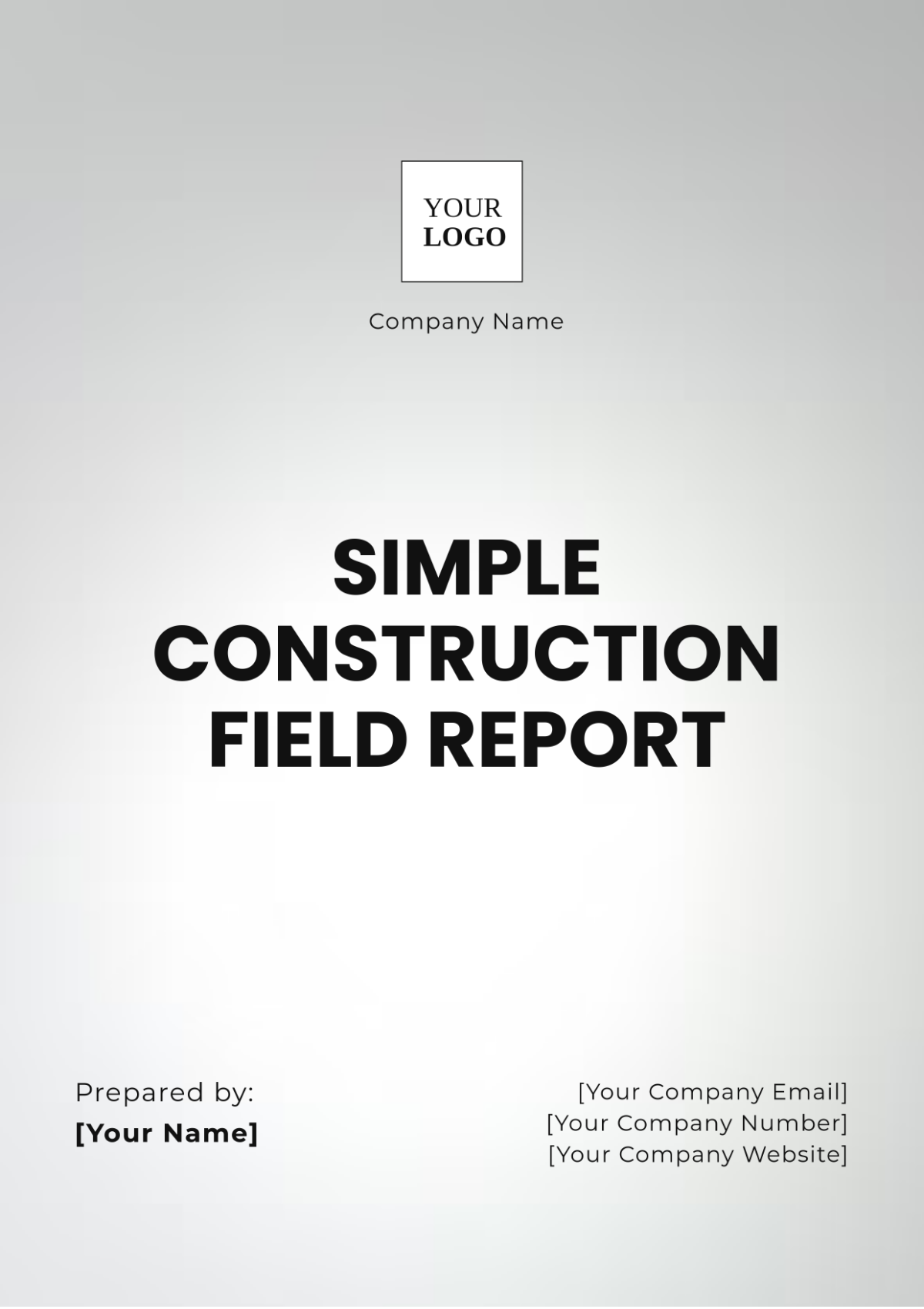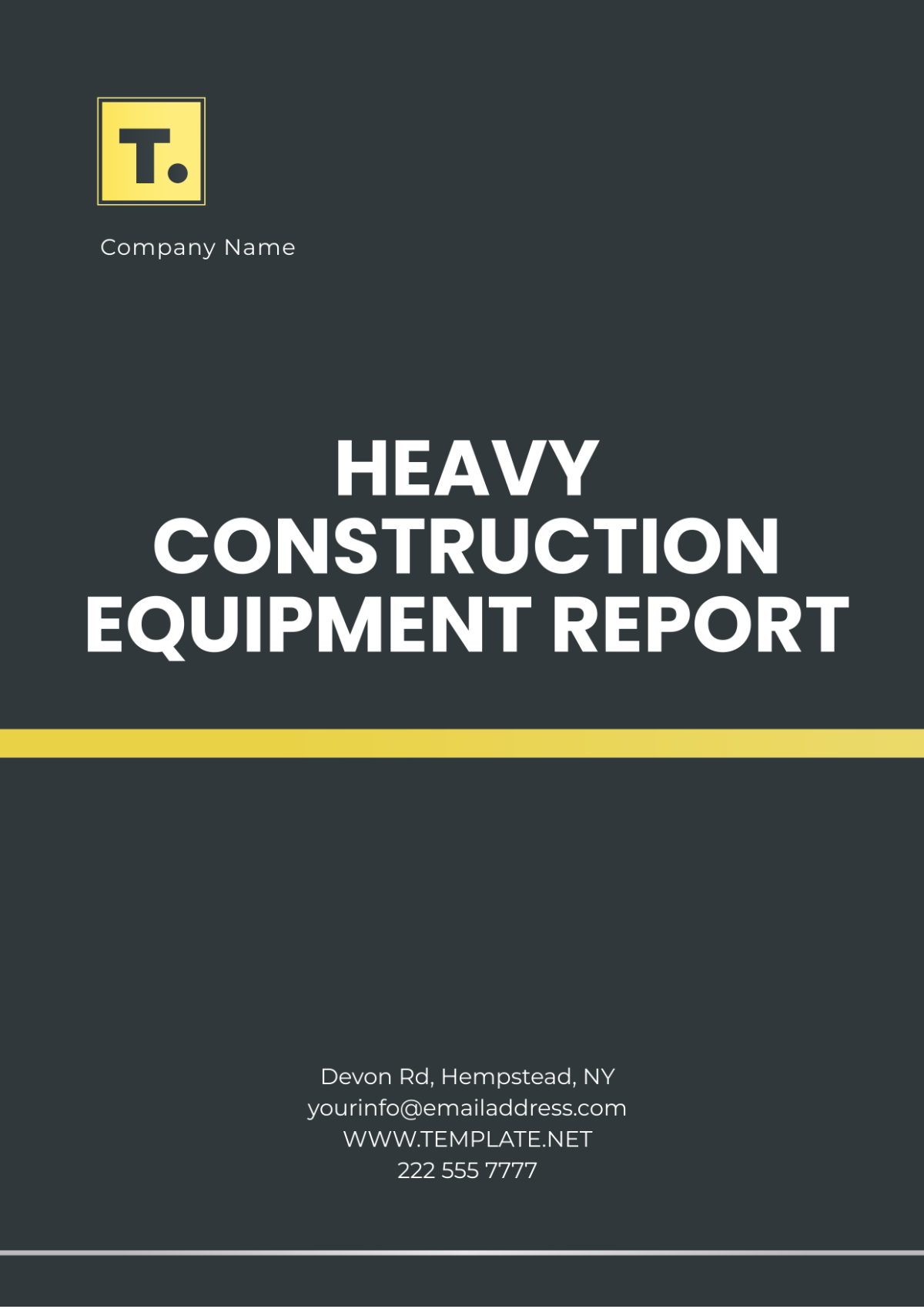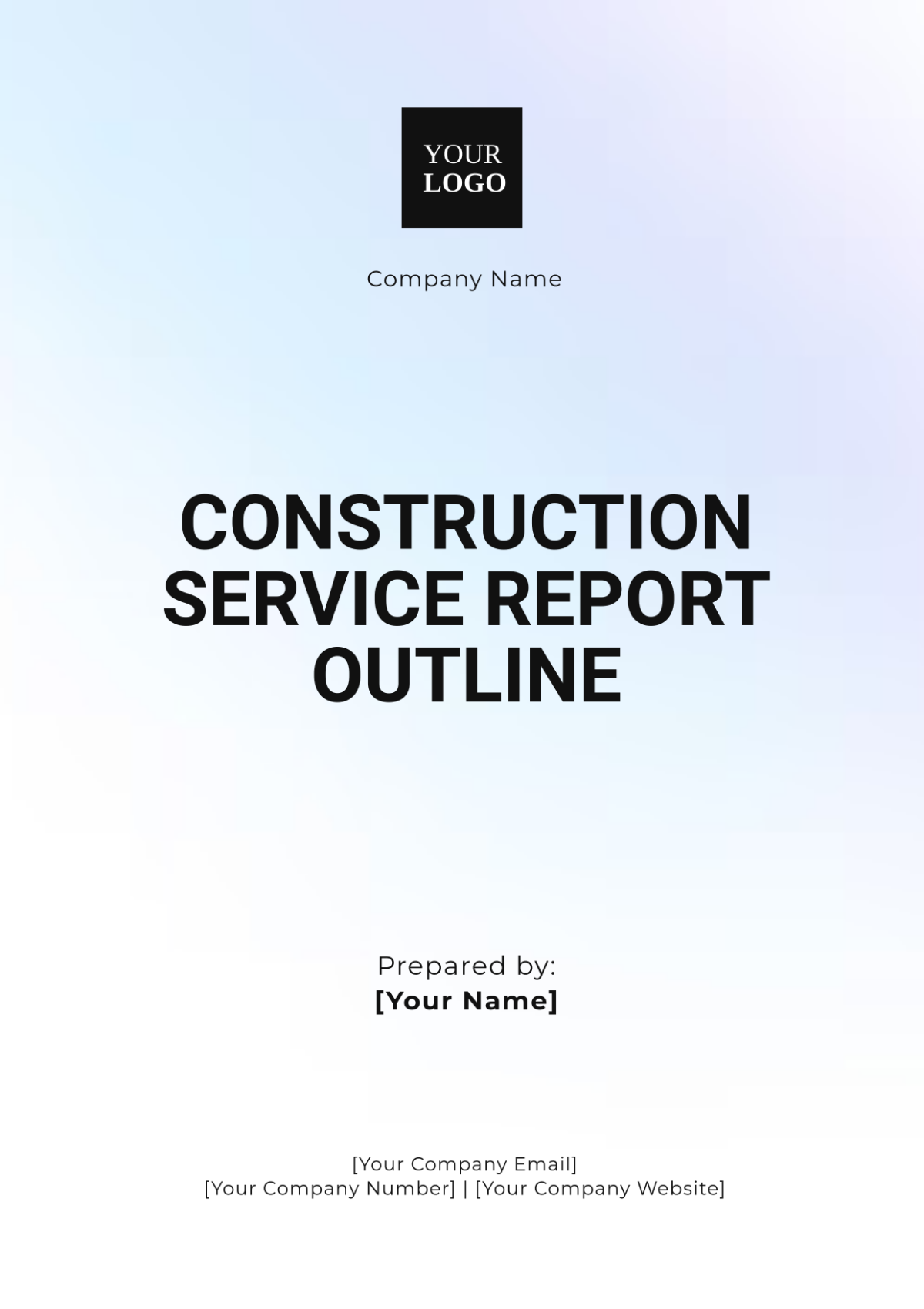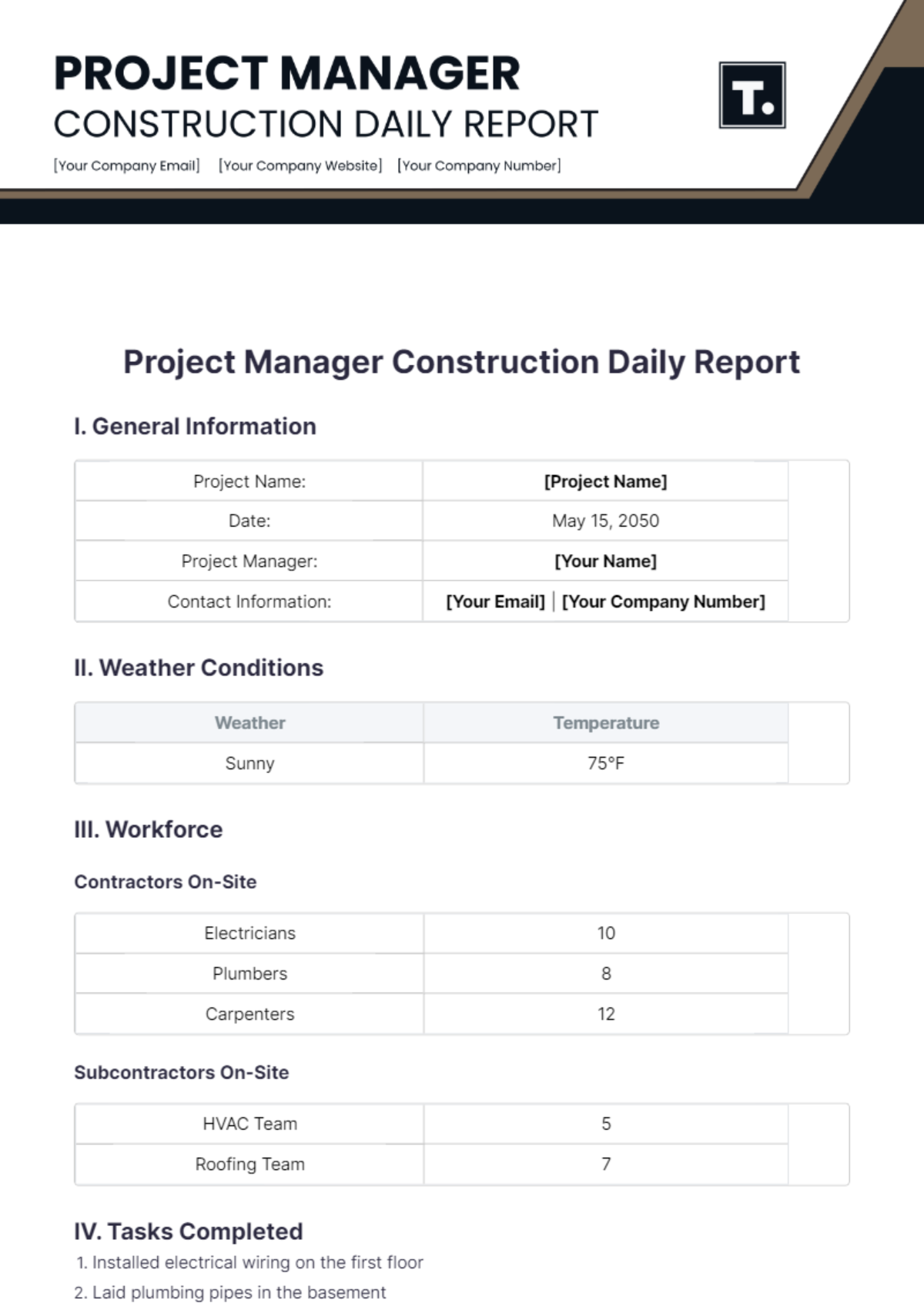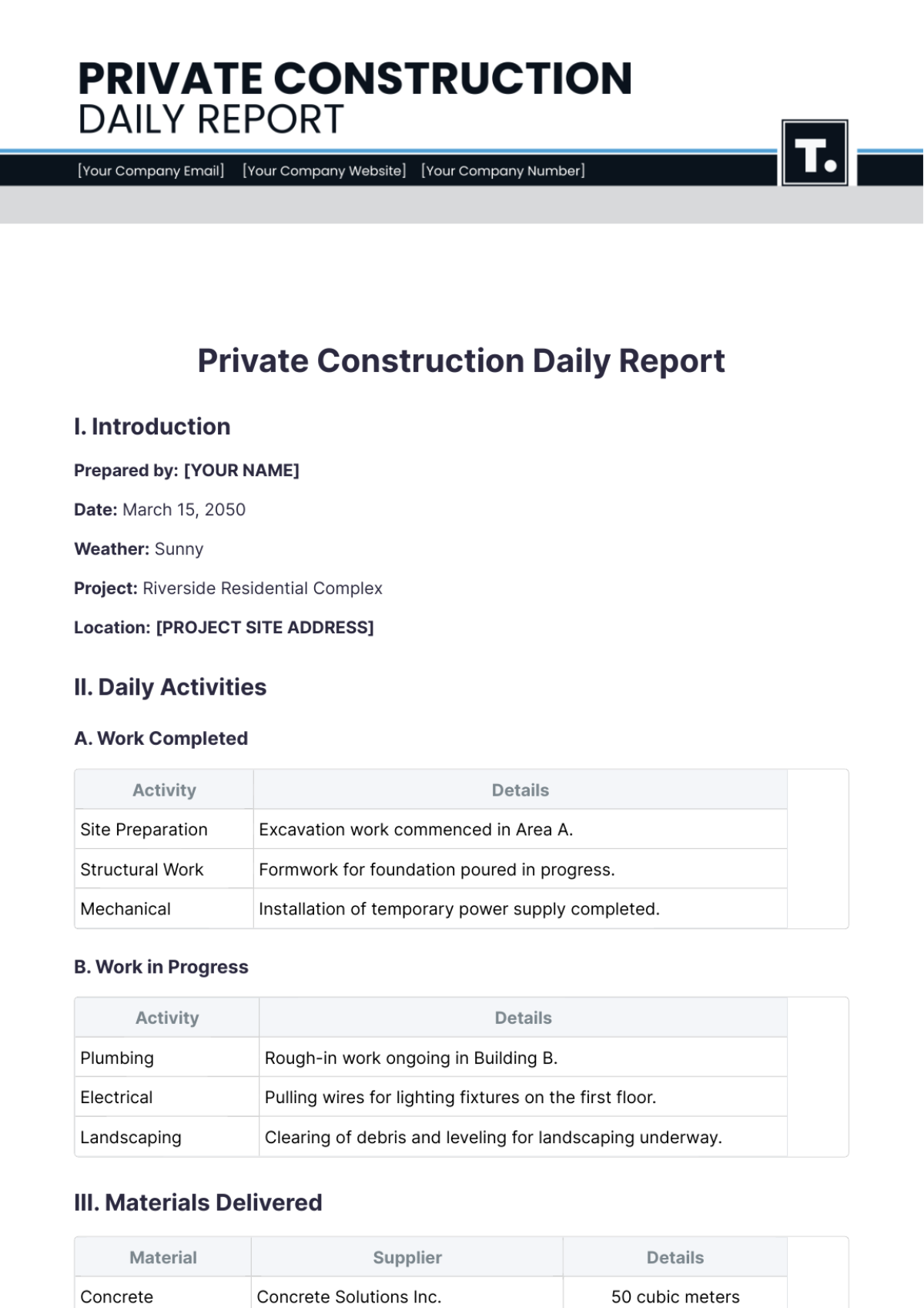Construction Waste Management Report
Prepared by: [Your Name]
I. Introduction
This report provides a comprehensive overview of the waste management strategies and actions implemented during the Skyline Tower construction project. It aims to assess the waste generation, reduction, recycling, and disposal methods adopted to minimize the environmental impact and comply with local regulations.
A. Project Overview
The Skyline Tower is a residential high-rise development located at 123 Main Street, Metropolis, NY 10001. The project commenced on March 1, 2050, and is expected to conclude by December 15, 2051. Waste management was a key component of the project to ensure environmental sustainability and regulatory compliance.
B. Objectives of Waste Management
The primary objective of the construction waste management plan was to:
Minimize waste generation during the project.
Promote recycling and reuse of materials.
Ensure compliance with local environmental regulations.
Reduce landfill contributions from the project.
II. Waste Generation
This section provides a detailed analysis of the types and quantities of waste produced during the construction phase.
A. Types of Waste Generated
The project generated the following categories of waste:
Construction and Demolition Debris: Concrete, wood, metals, and bricks.
Packaging Materials: Plastics, cardboard, and plastic wrap from materials delivered to the site.
Hazardous Waste: Paints, solvents, and chemicals.
Organic Waste: Vegetation and tree debris from land clearing.
B. Quantity of Waste Generated
The total estimated waste generated during the construction process was approximately 500 tons. This was broken down into the following categories:
Waste Category | Quantity (Tons) |
|---|---|
Construction Debris | 350 |
Packaging Materials | 75 |
Hazardous Waste | 25 |
Organic Waste | 50 |
III. Waste Reduction Strategies
In line with the objectives of minimizing waste, the following waste reduction strategies were implemented.
A. Material Selection
Sustainable materials were selected wherever possible to reduce waste generation. This included:
Using pre-fabricated components to minimize on-site waste.
Choosing recyclable materials like steel and aluminum for structural components.
B. Site Planning and Waste Segregation
A detailed waste segregation plan was implemented to ensure that waste was separated into recyclable, reusable, and disposable categories from the start of the project.
C. Efficient Use of Materials
Construction practices were optimized to minimize material wastage. For example, precise measurements were taken to ensure that materials were cut to exact sizes, reducing leftover waste.
IV. Disposal Methods
This section outlines the methods used for the disposal and recycling of construction waste.
A. Recycling and Reuse
A significant portion of the construction waste was either recycled or reused. The following steps were taken:
Recycling: Concrete, metals, and glass were sent to recycling facilities.
Reuse: Wood and other materials were reused for other purposes on-site, such as temporary fencing and supports.
B. Waste Disposal
Waste that could not be recycled or reused was sent to certified landfill sites. The following disposal methods were used:
Landfill Disposal: Non-recyclable materials, such as contaminated soil and some packaging waste.
Hazardous Waste Disposal: Hazardous materials, including chemicals, were disposed of through licensed hazardous waste contractors.
V. Compliance with Regulations
This section highlights how the waste management plan adhered to local regulations and environmental guidelines.
A. Local Environmental Laws
The waste management plan adhered to New York City Department of Environmental Protection (NYC DEP) regulations that require construction projects to divert at least 50% of waste from landfills. The project successfully diverted 65% of its waste through recycling and reuse.
B. Certification and Auditing
The waste management practices were regularly audited to ensure compliance with sustainability certifications such as LEED (Leadership in Energy and Environmental Design), which promotes best practices in construction waste management.
VI. Results and Performance
This section evaluates the outcomes of the waste management plan based on the strategies outlined.
A. Waste Diversion Rate
The project achieved a waste diversion rate of 65%, significantly exceeding the initial target of 50%. This was accomplished through extensive recycling efforts and the reuse of materials on-site.
B. Cost Savings
The implementation of recycling and waste reduction practices led to a reduction in disposal fees and material costs, resulting in overall savings of approximately $150,000.
C. Challenges
While the project met most of its waste management goals, some challenges included:
Difficulty in finding local recycling facilities for certain materials like plastics and mixed metals.
Managing hazardous waste disposal in compliance with stringent local regulations.
VII. Conclusion
The Skyline Tower successfully implemented a comprehensive waste management plan that minimized waste generation, promoted recycling and reuse, and ensured compliance with local environmental regulations.
A. Recommendations
For future projects, the following improvements are recommended:
Increase collaboration with additional recycling facilities to improve the sorting and recycling of materials, especially plastics.
Implement more rigorous monitoring to further reduce hazardous waste generation.
